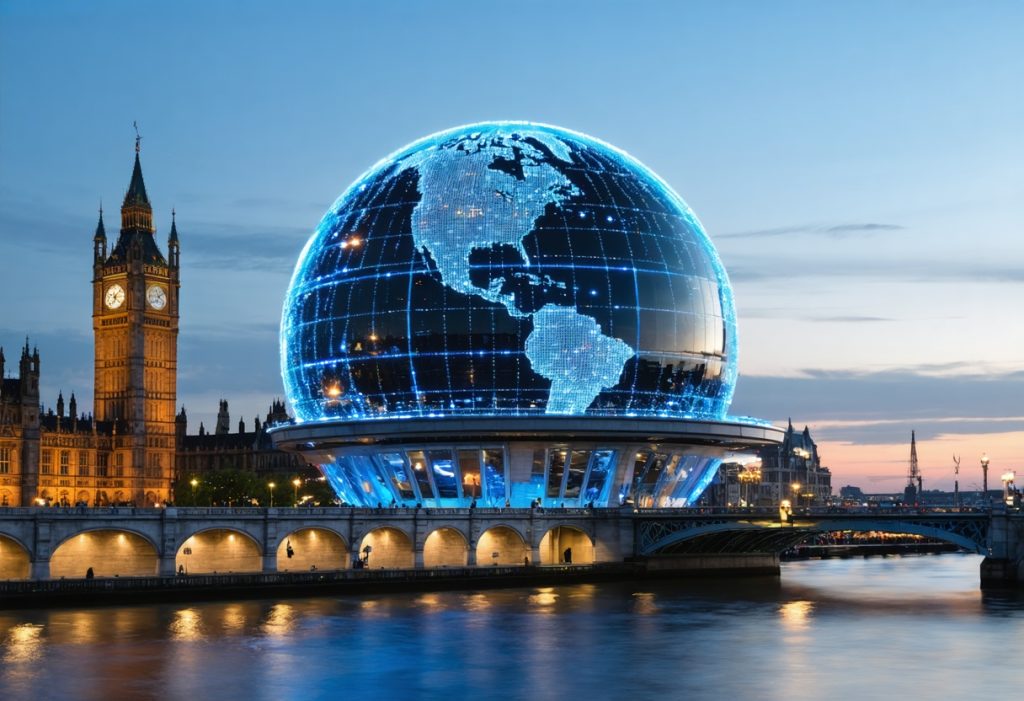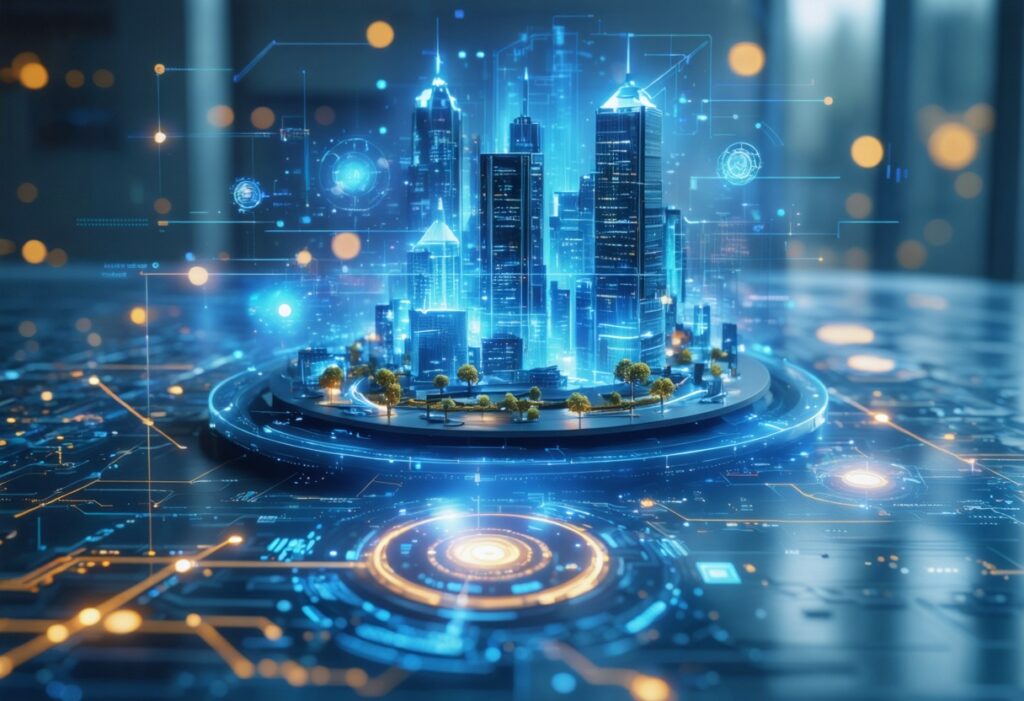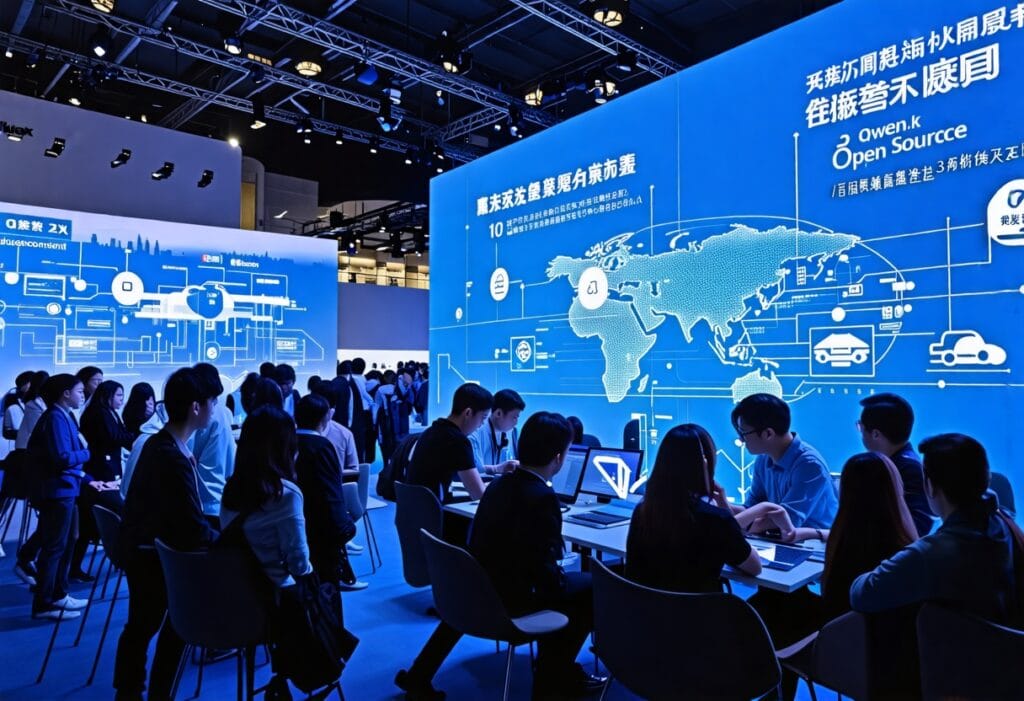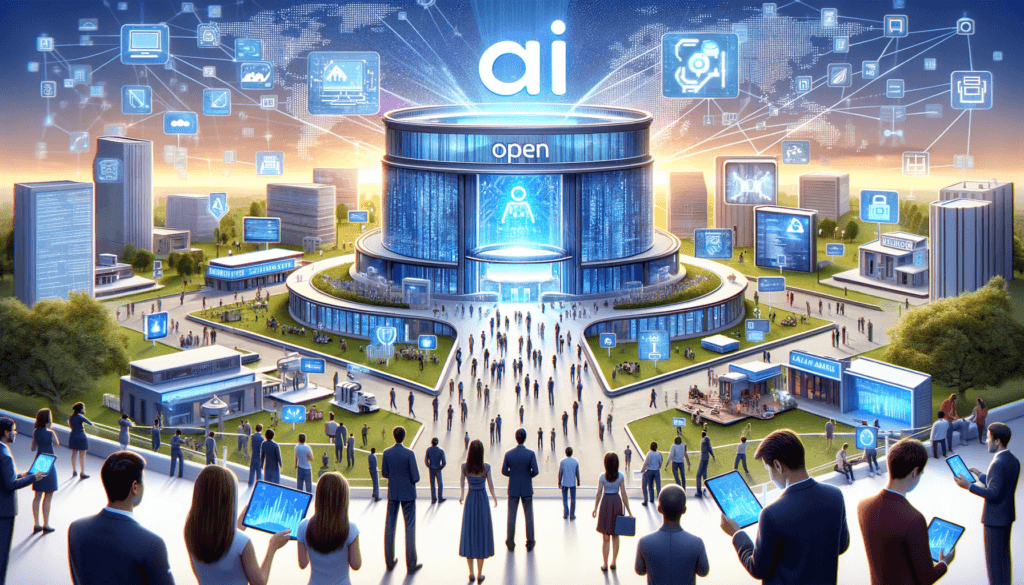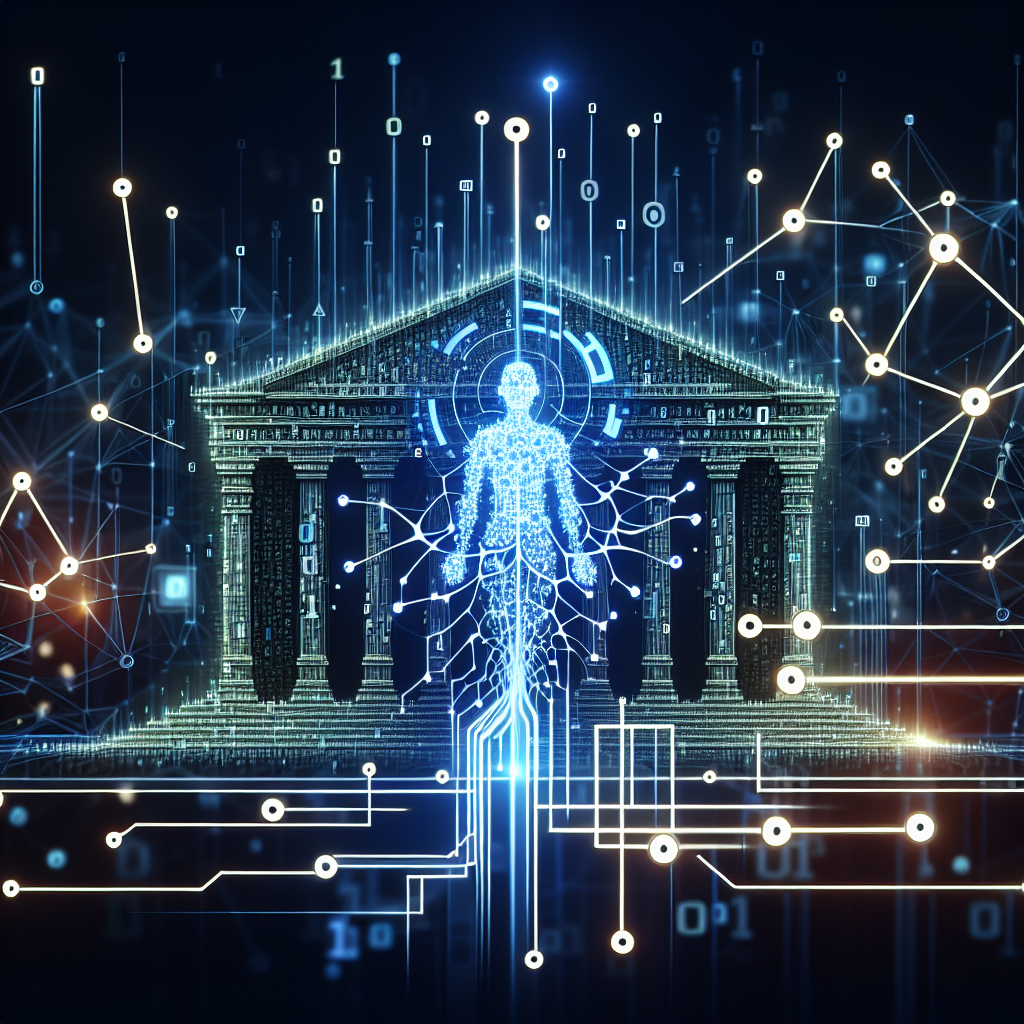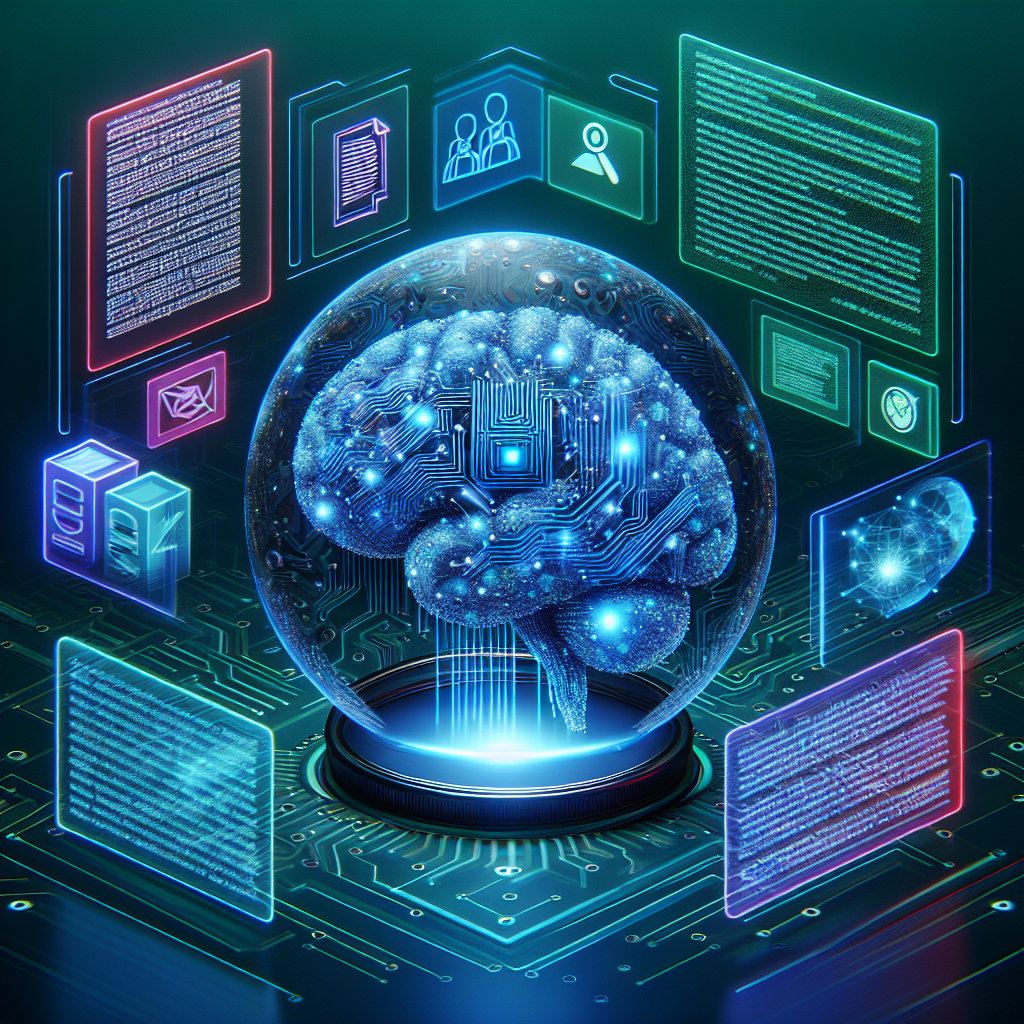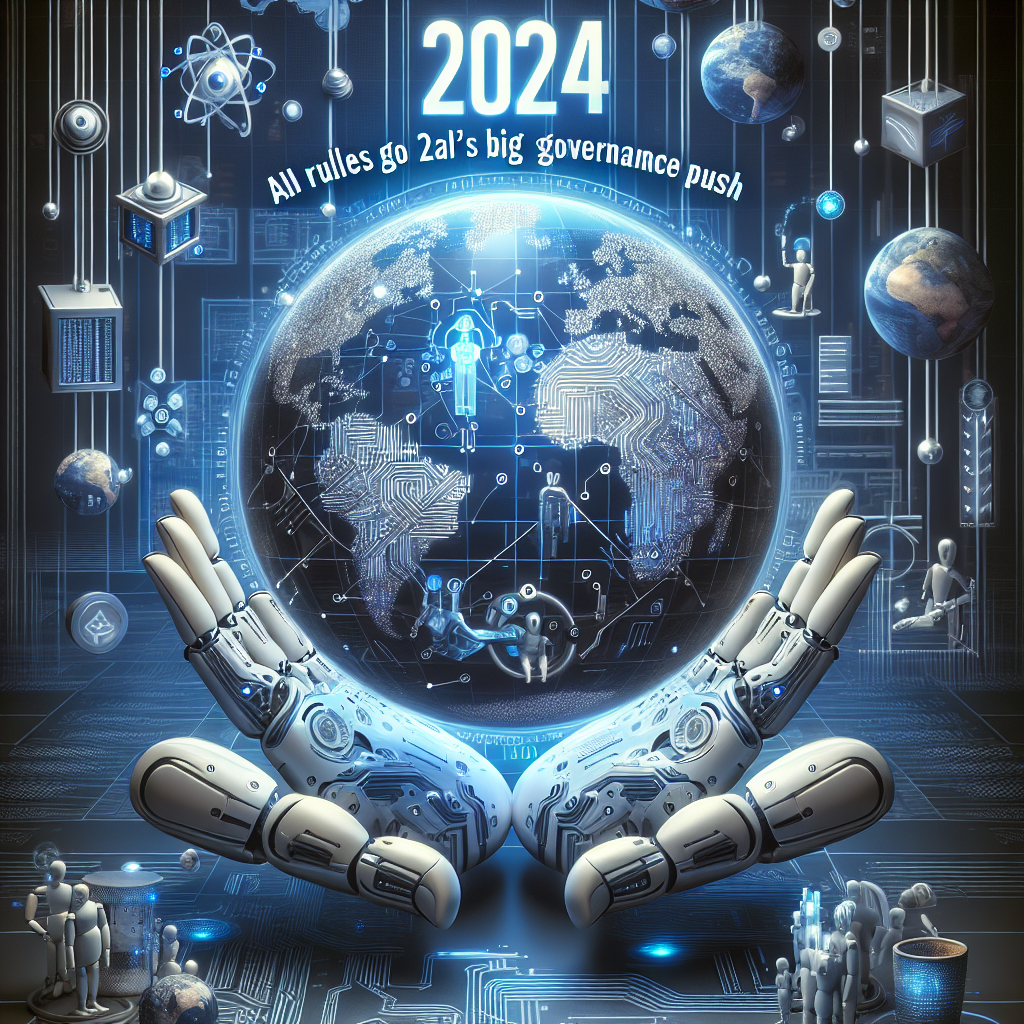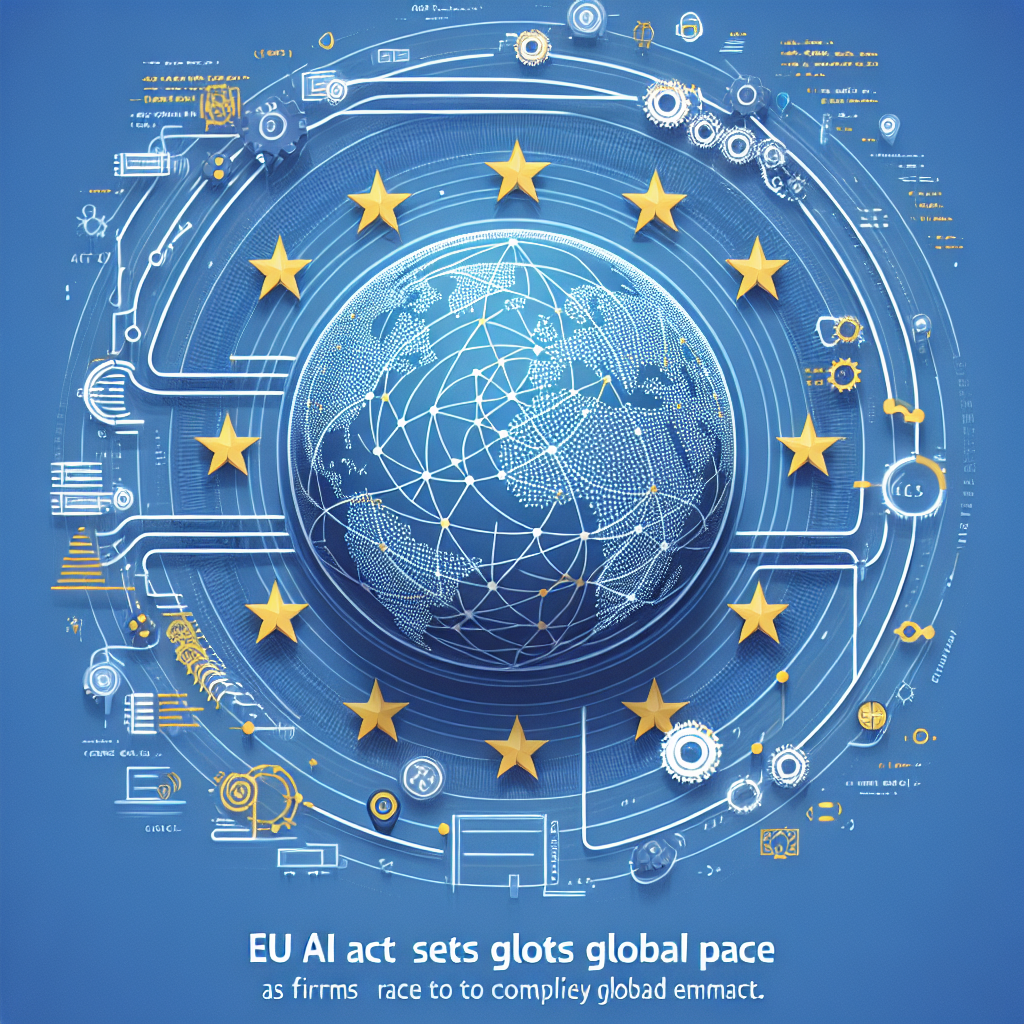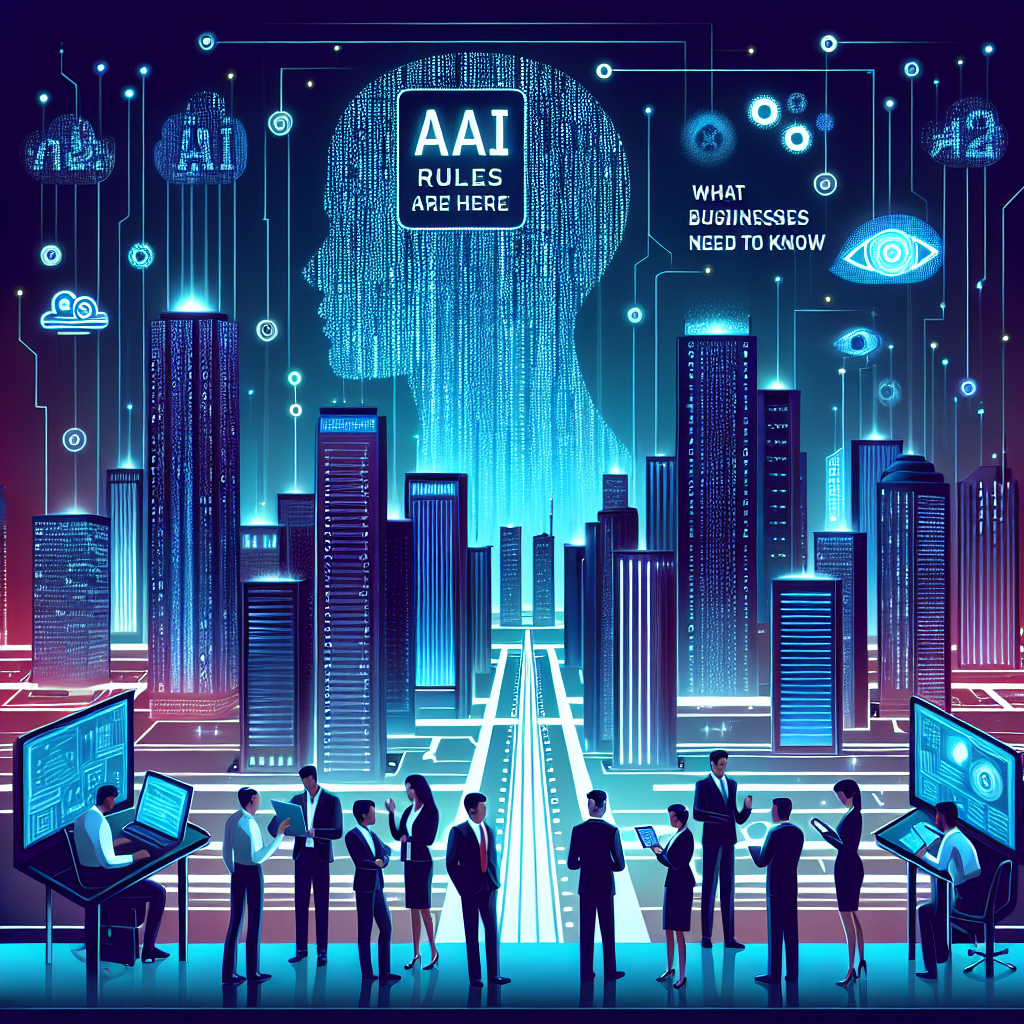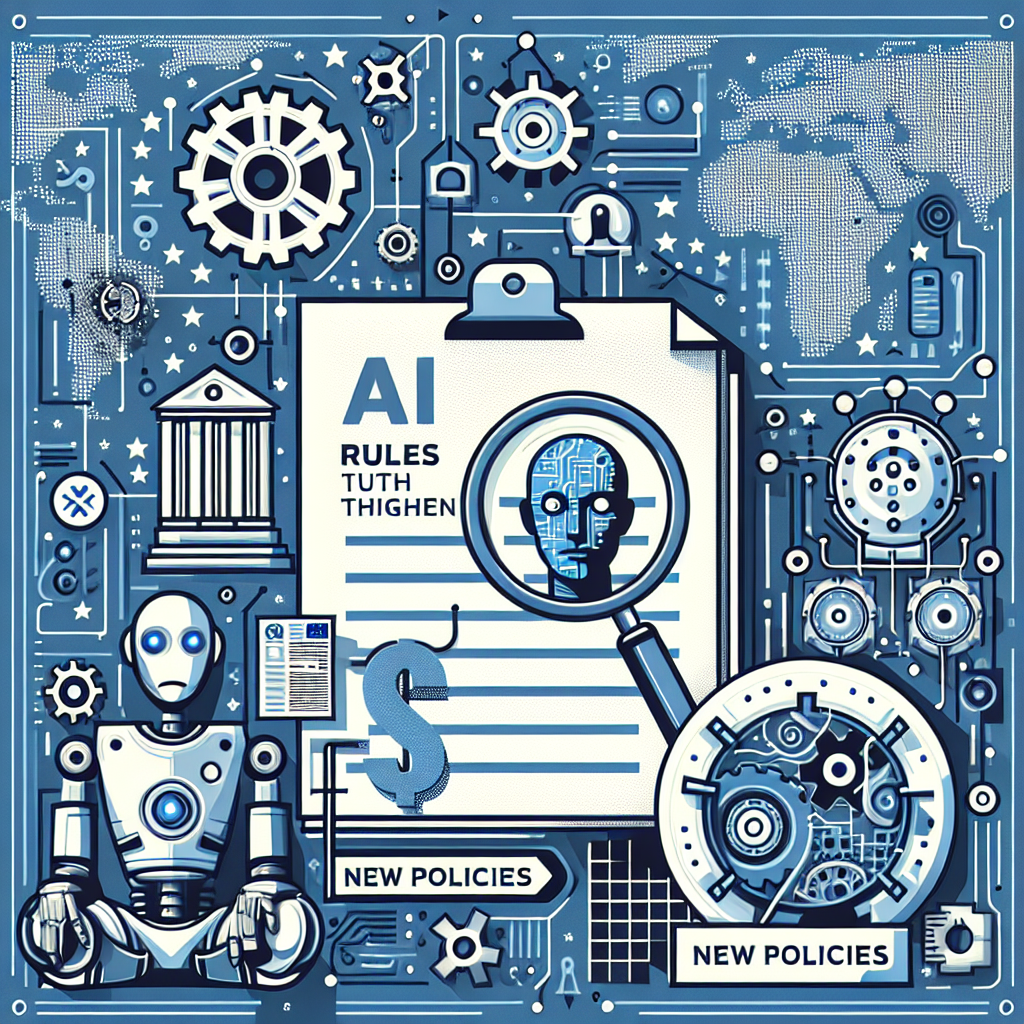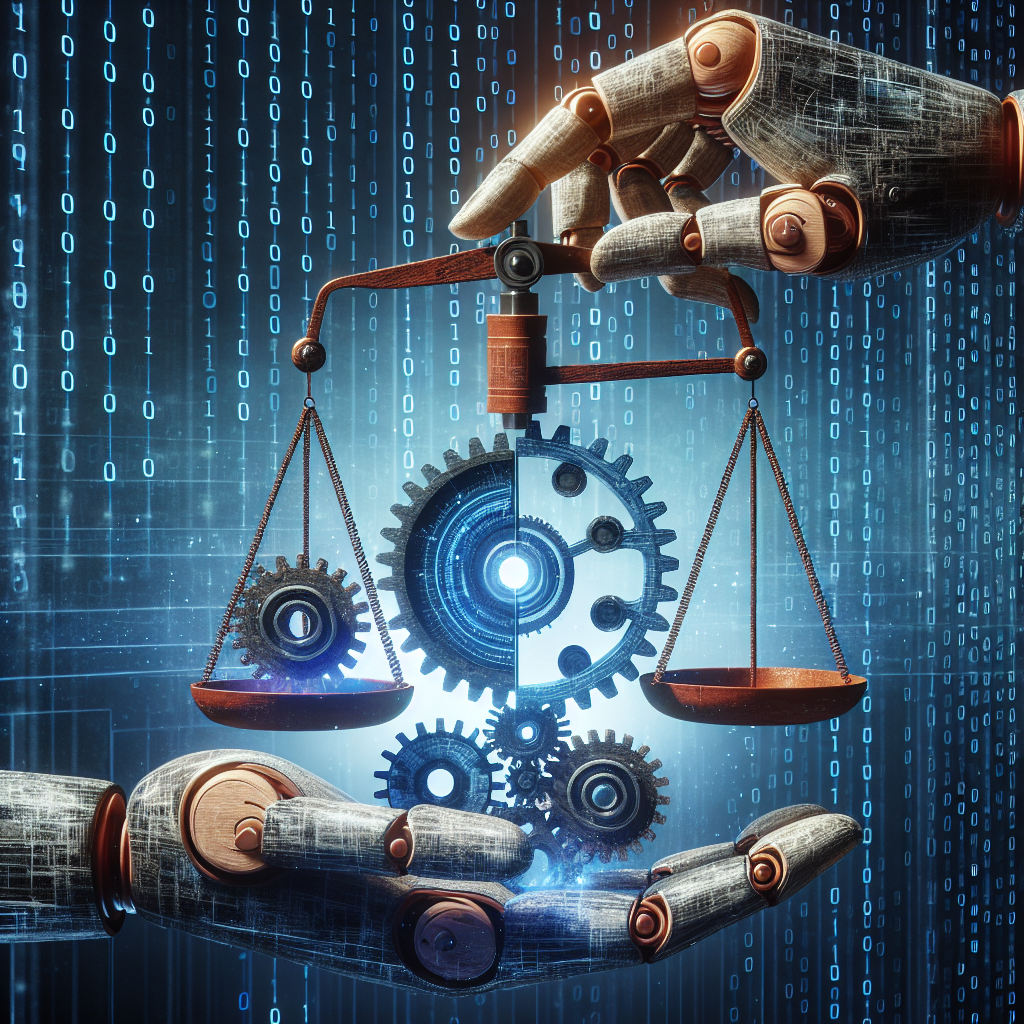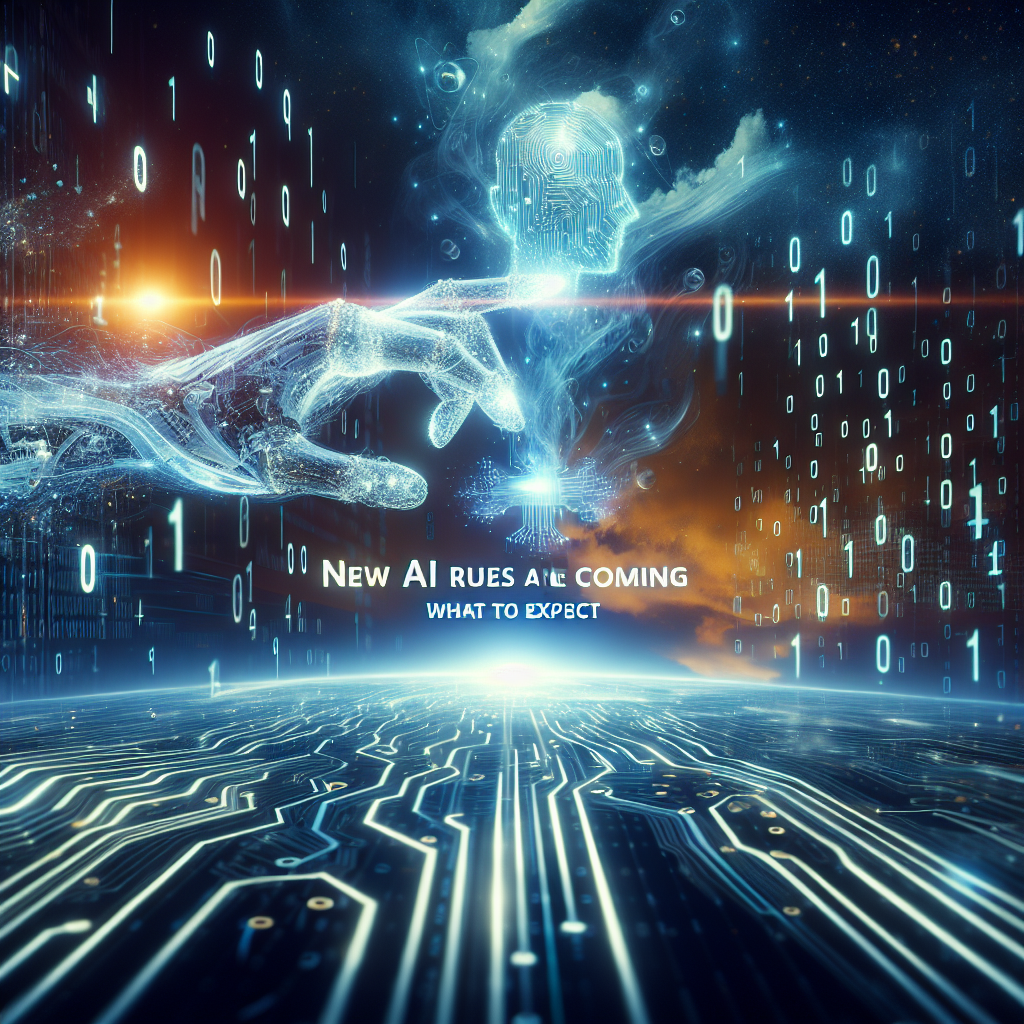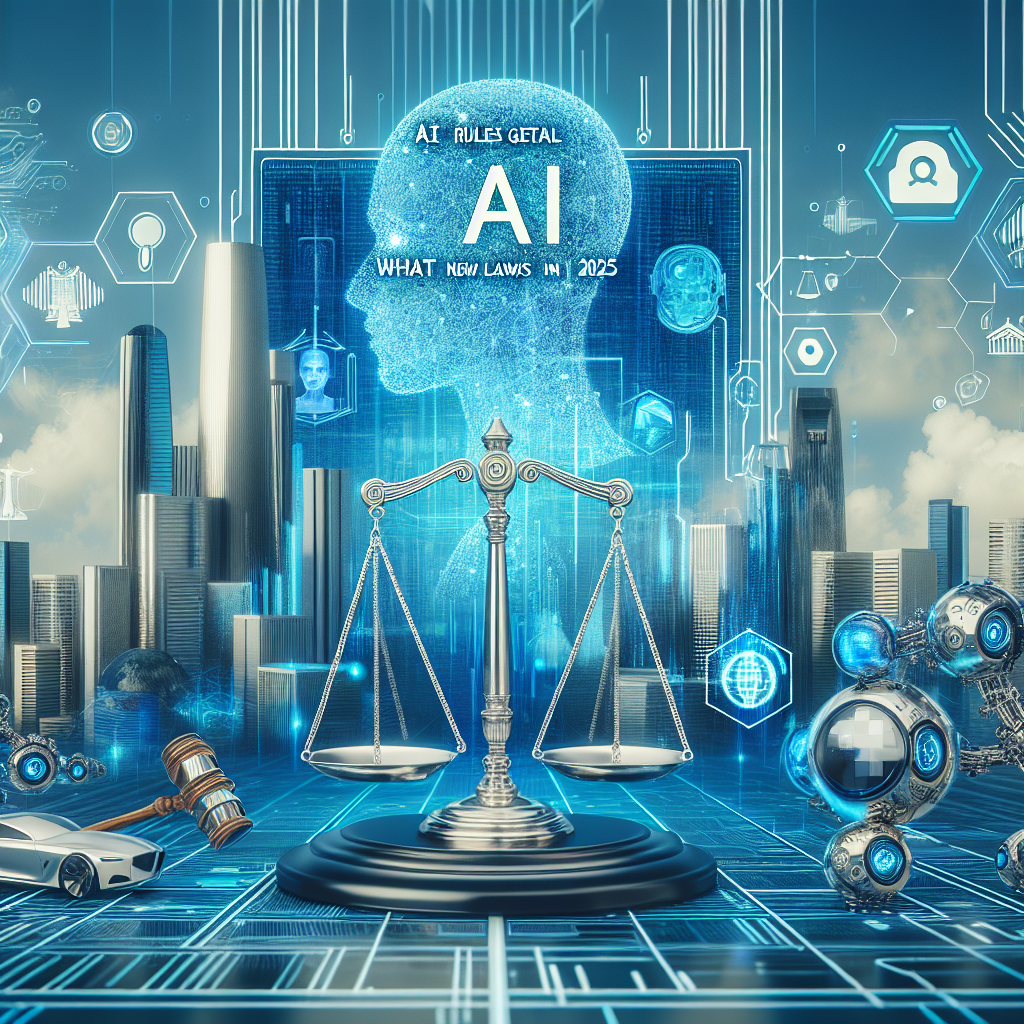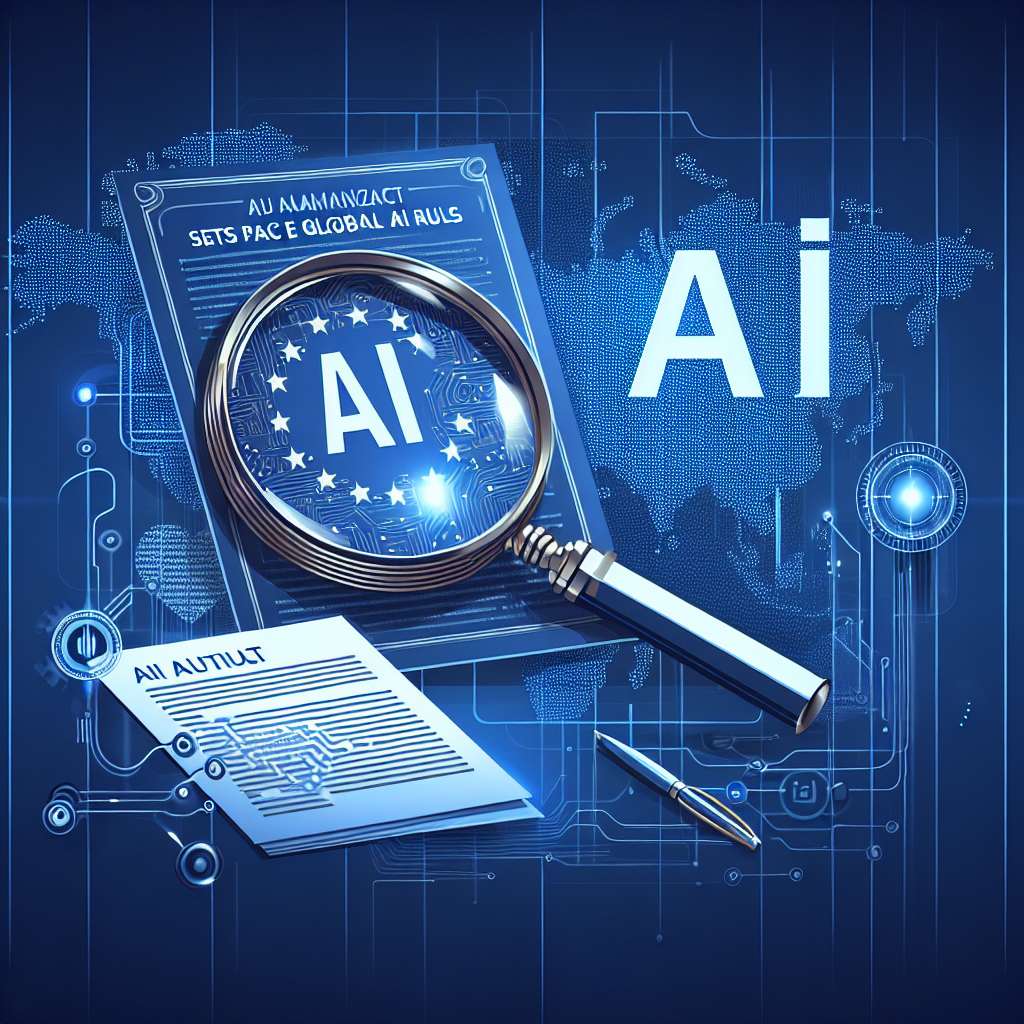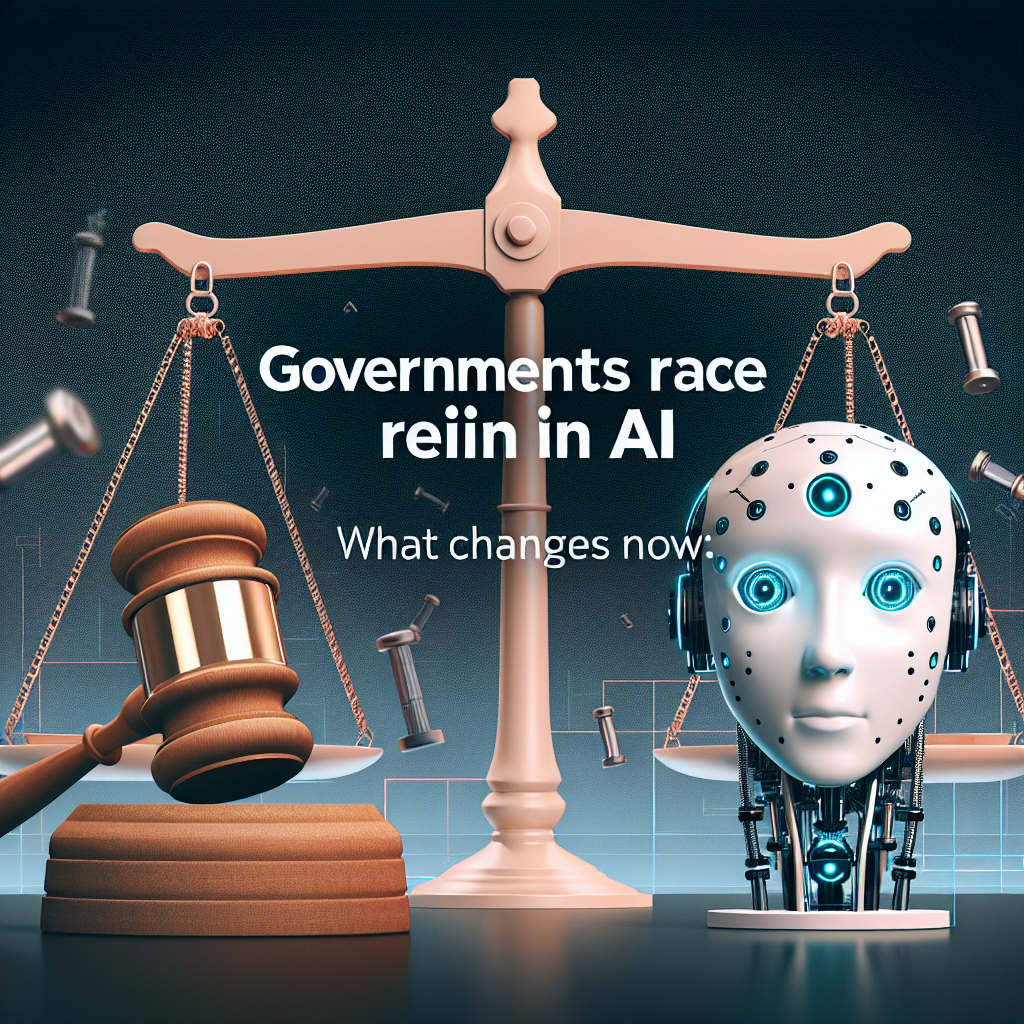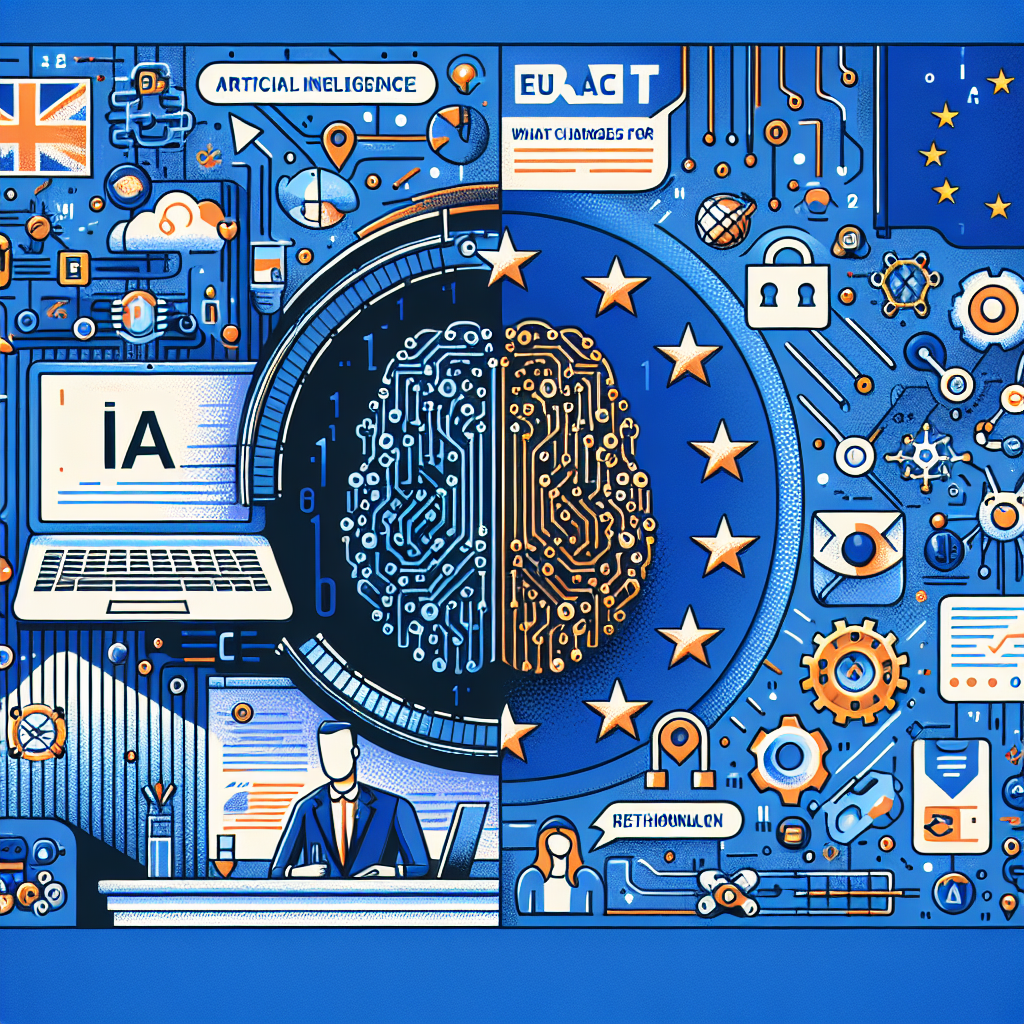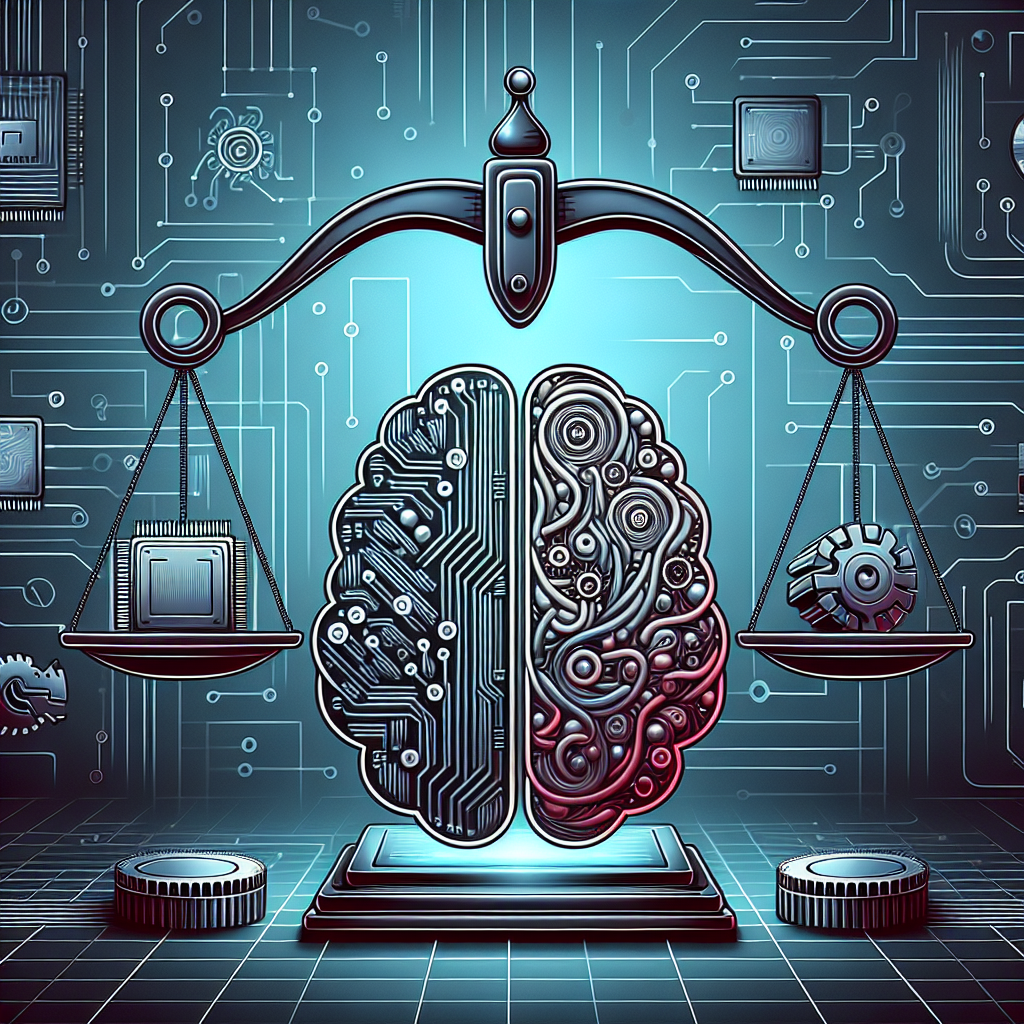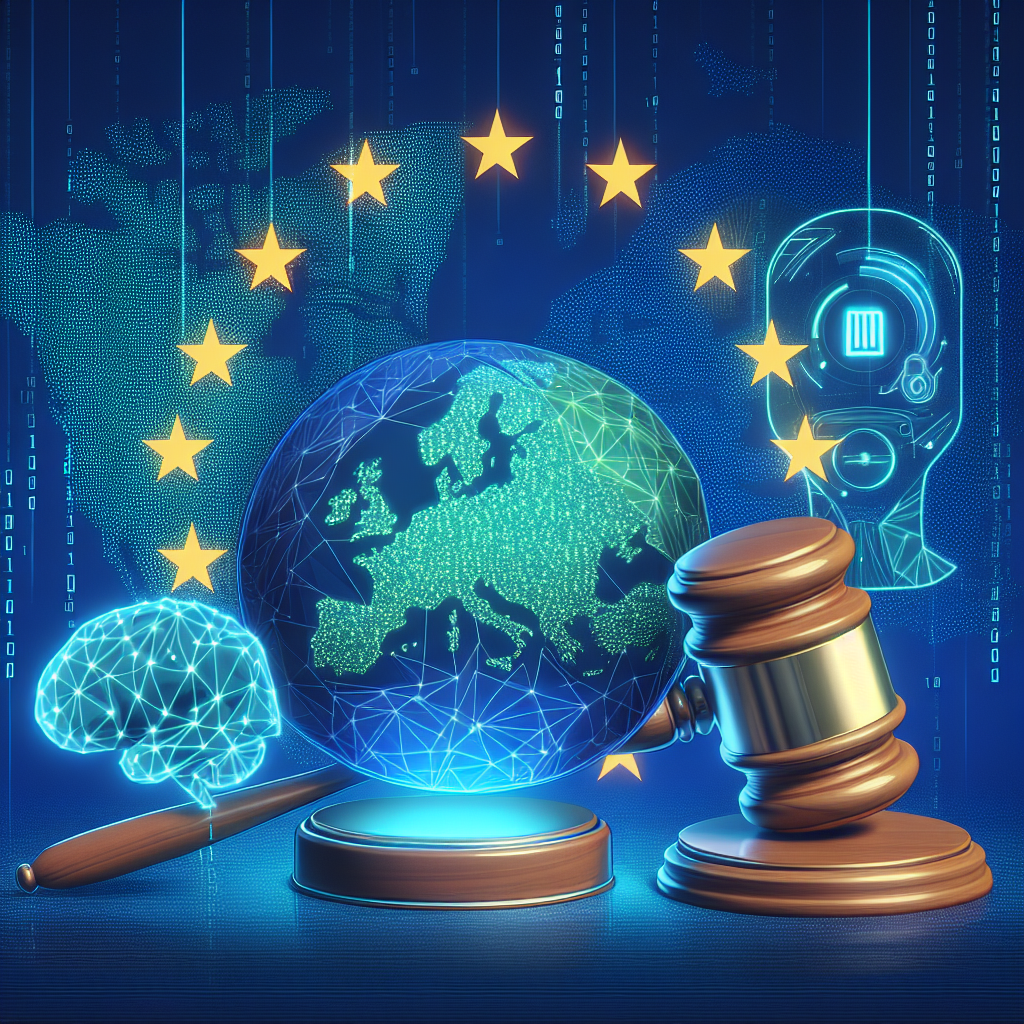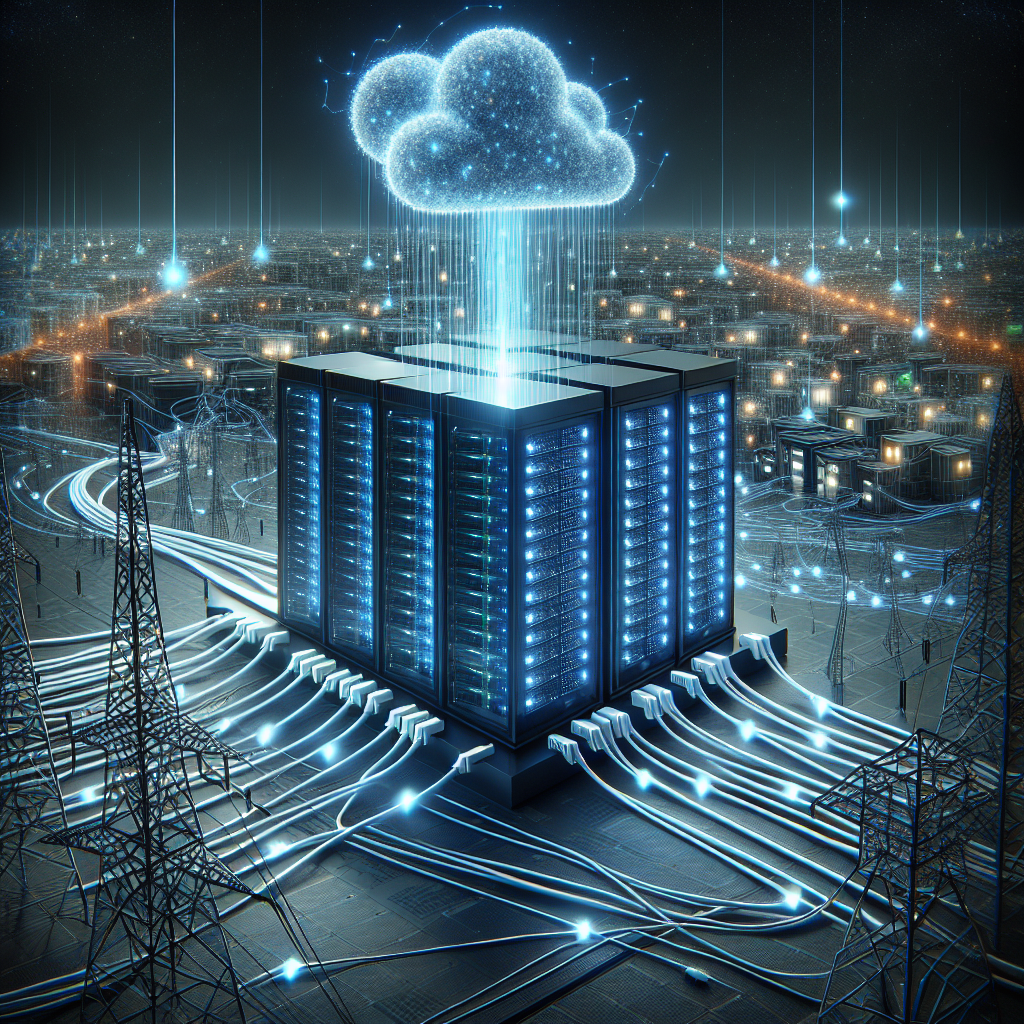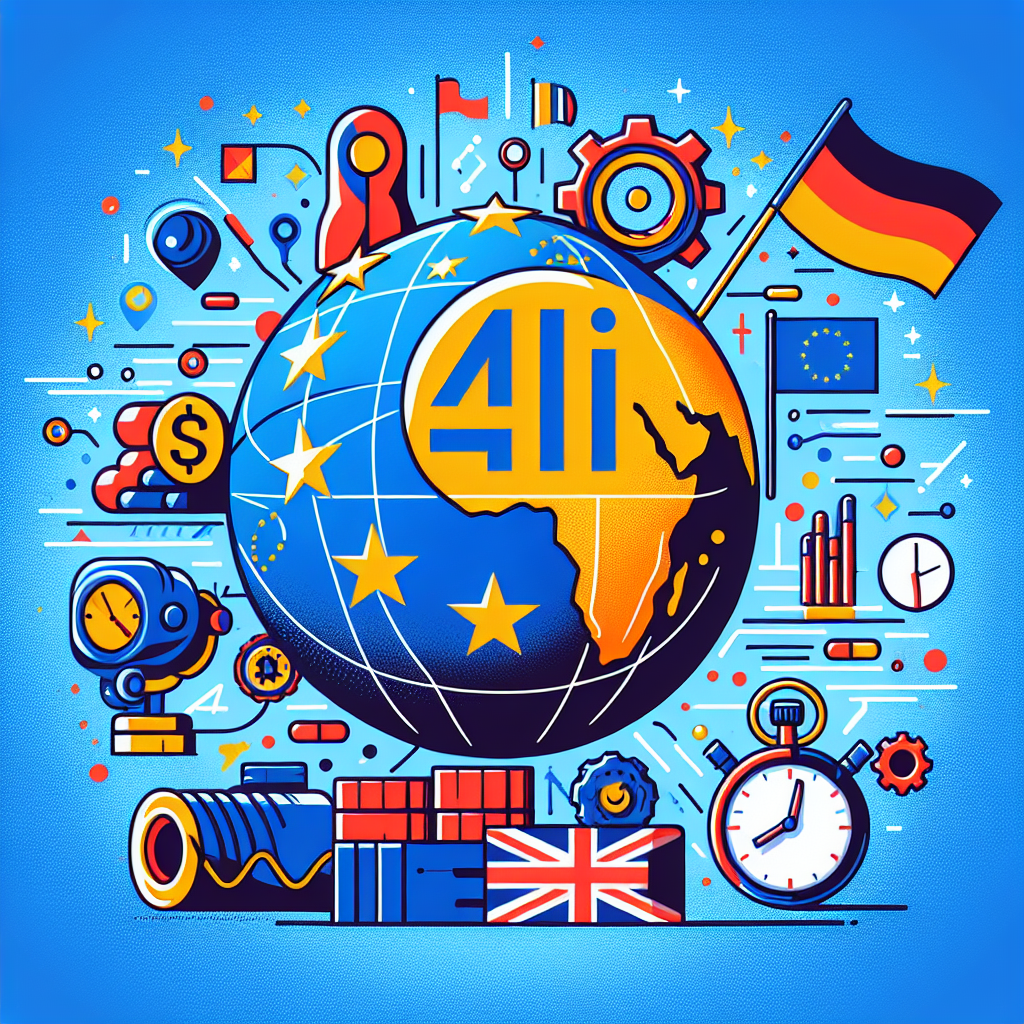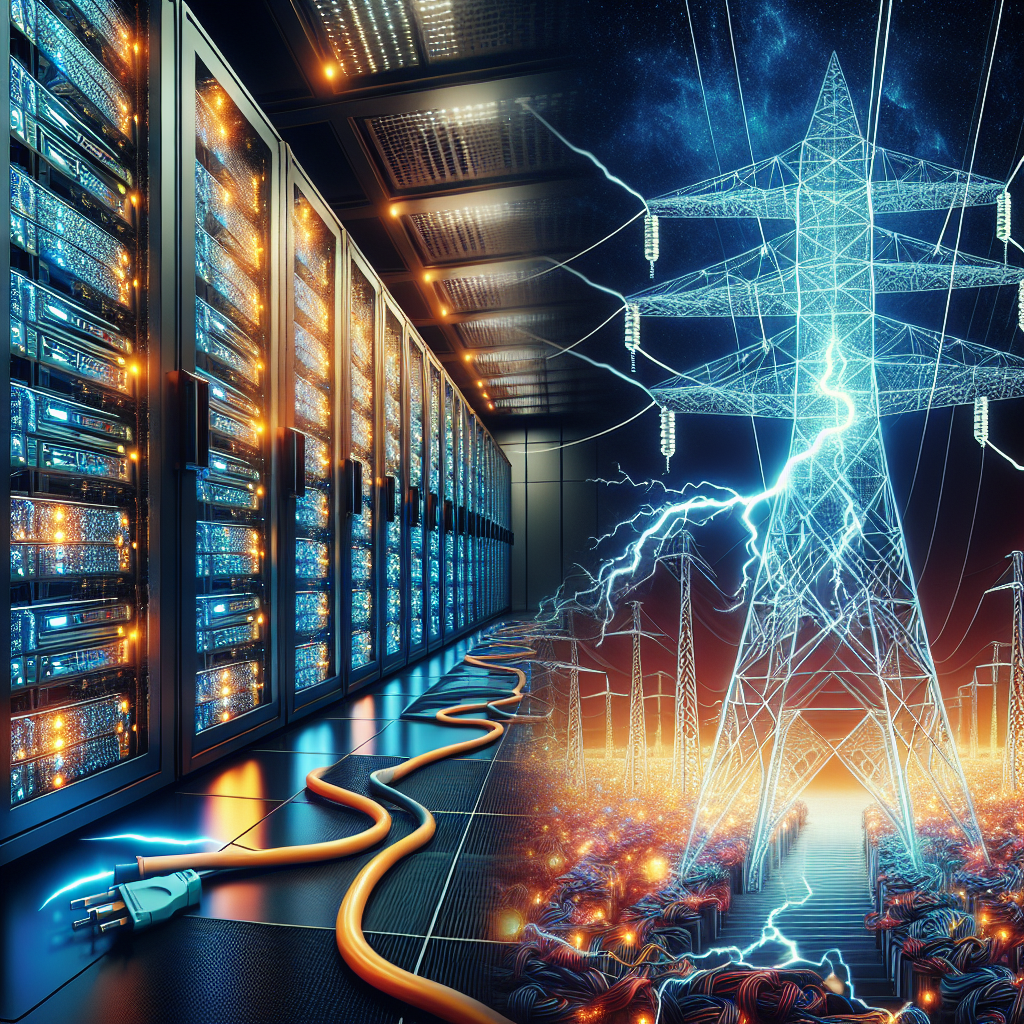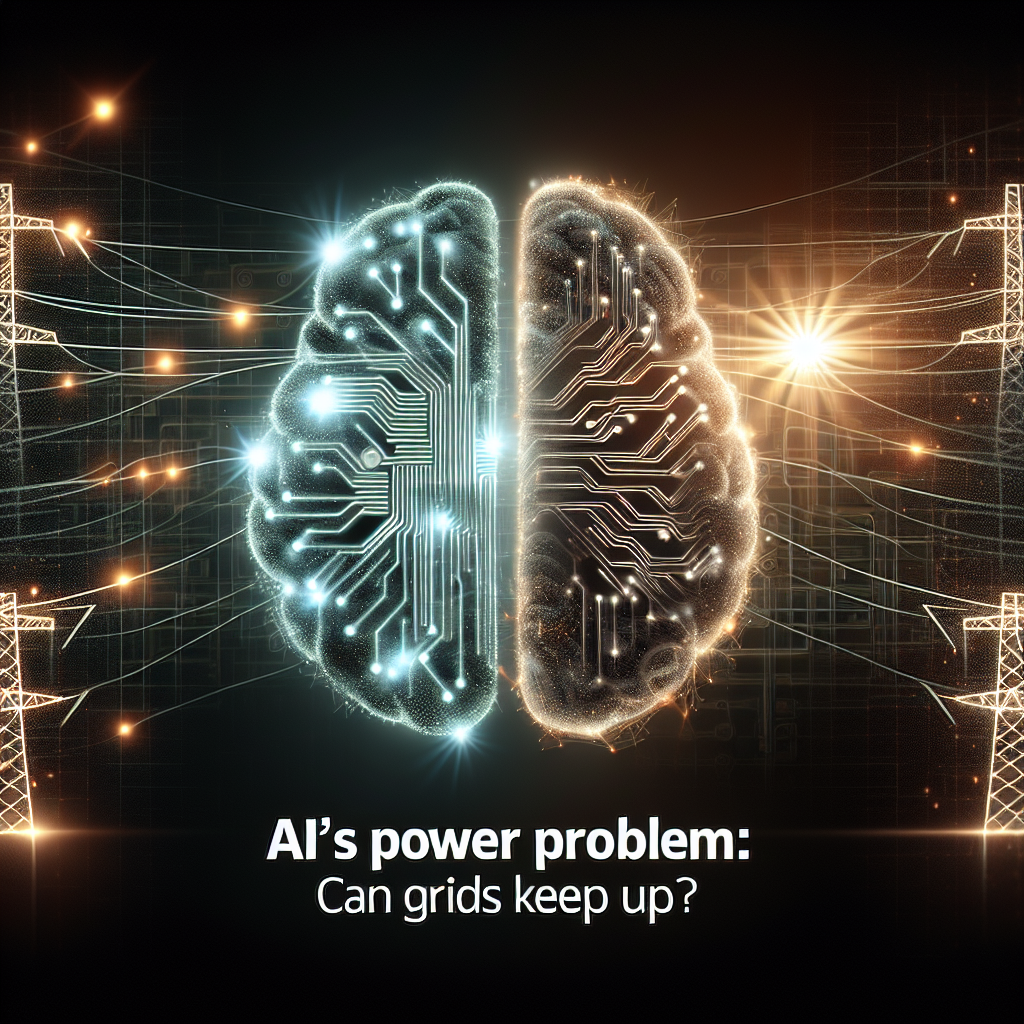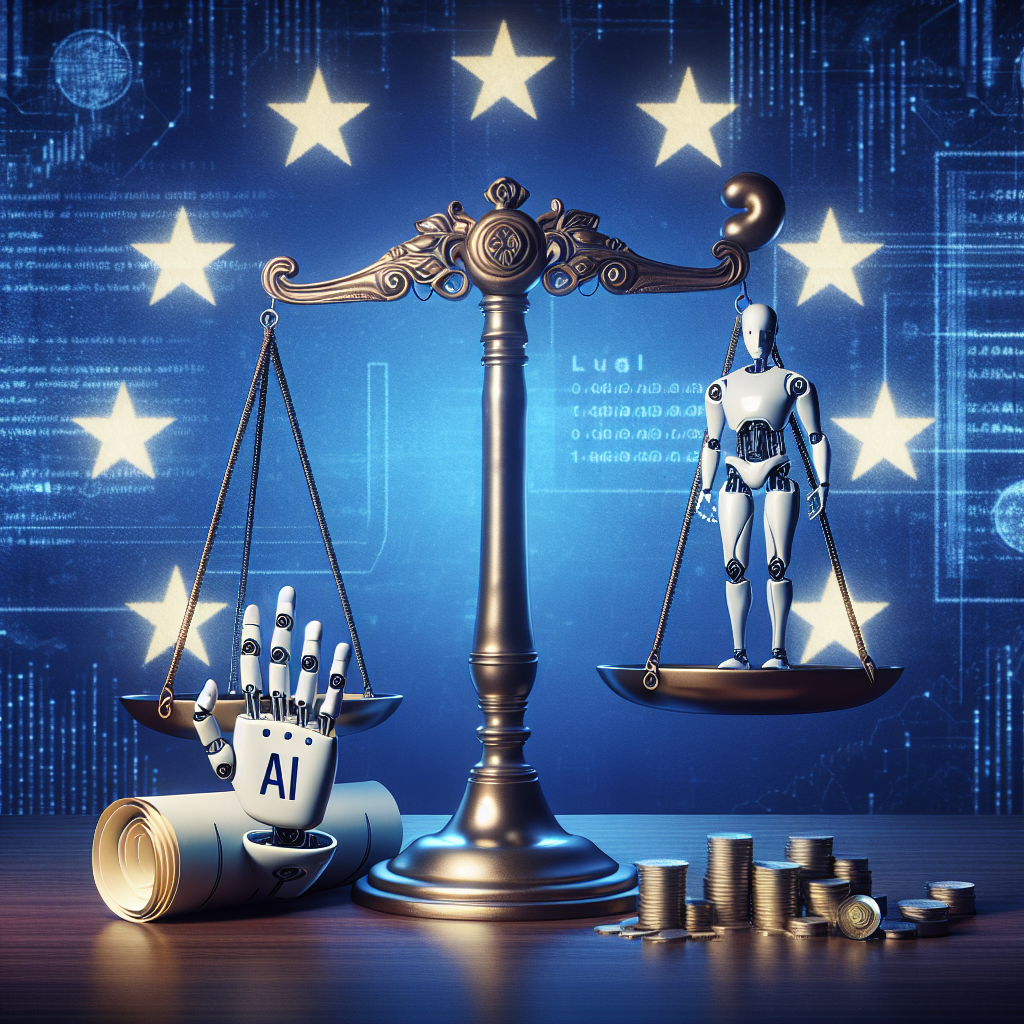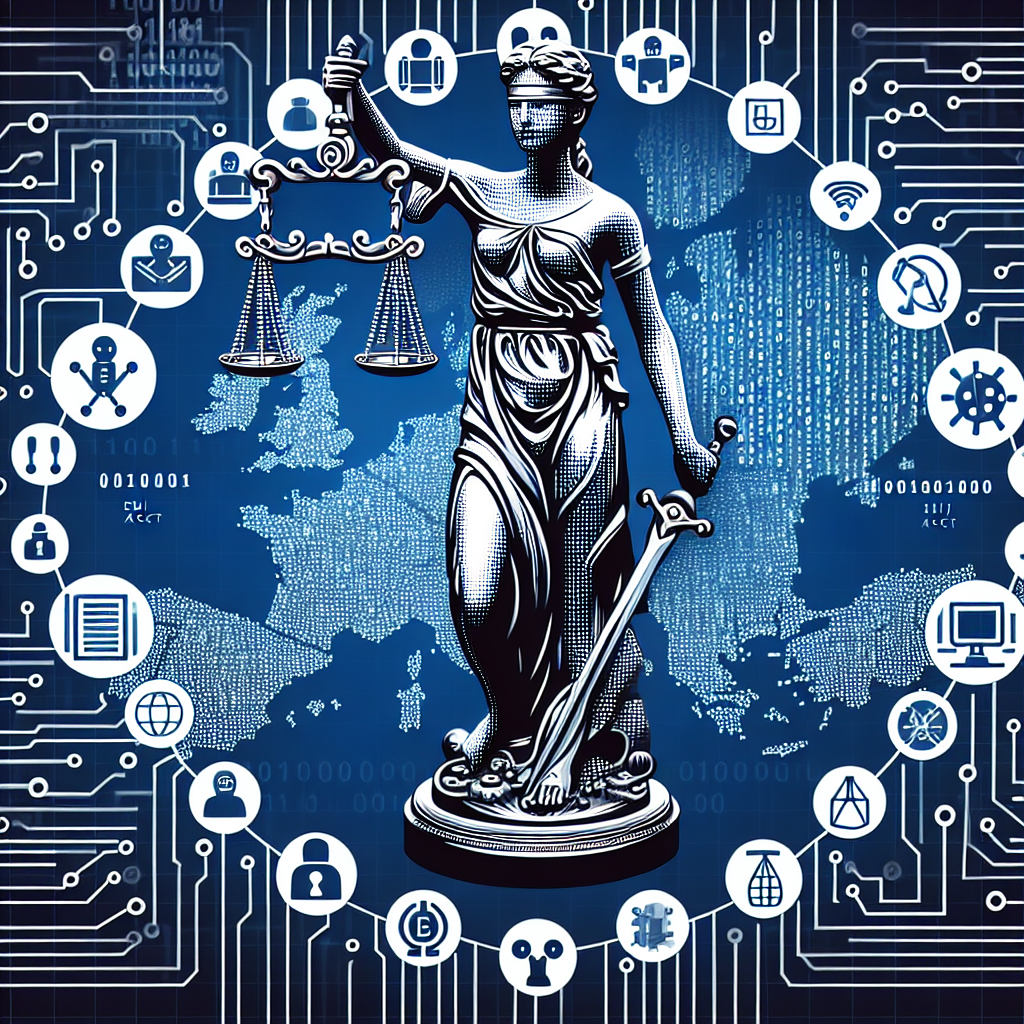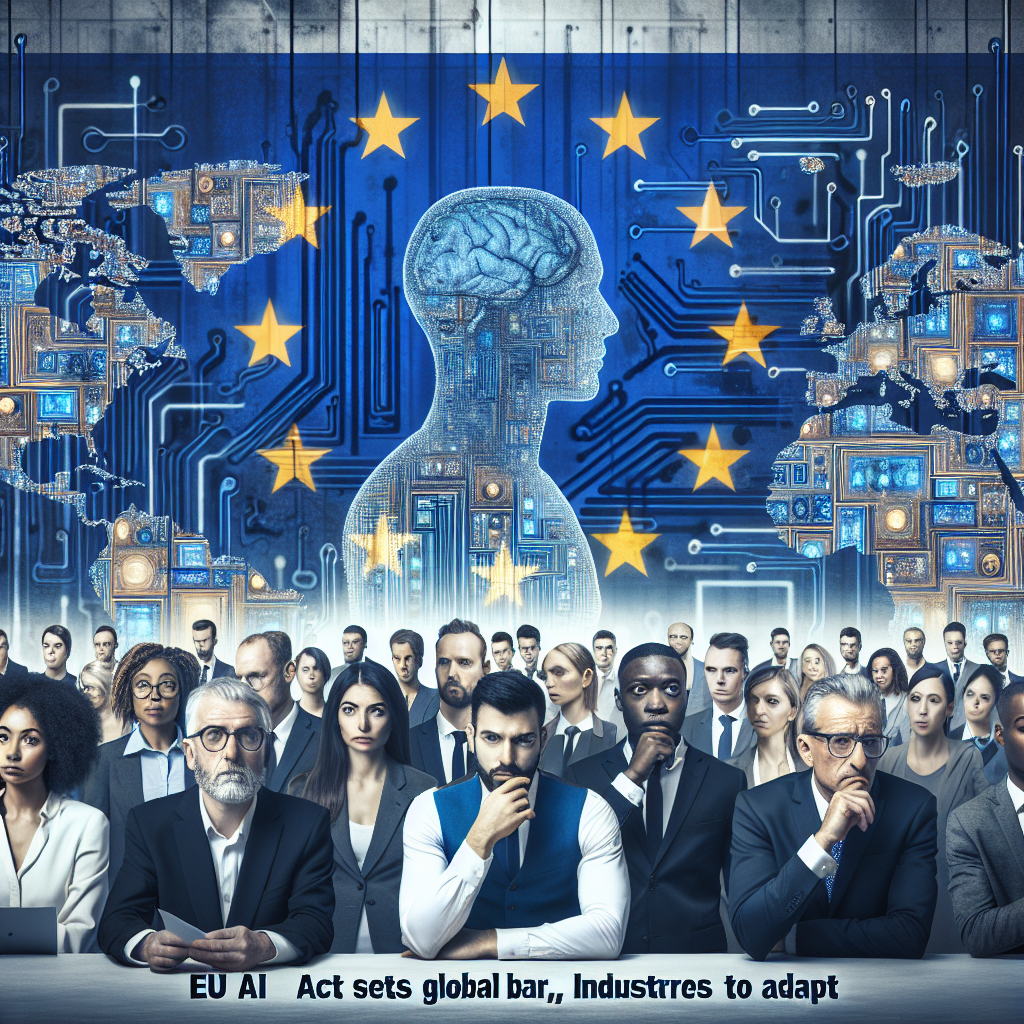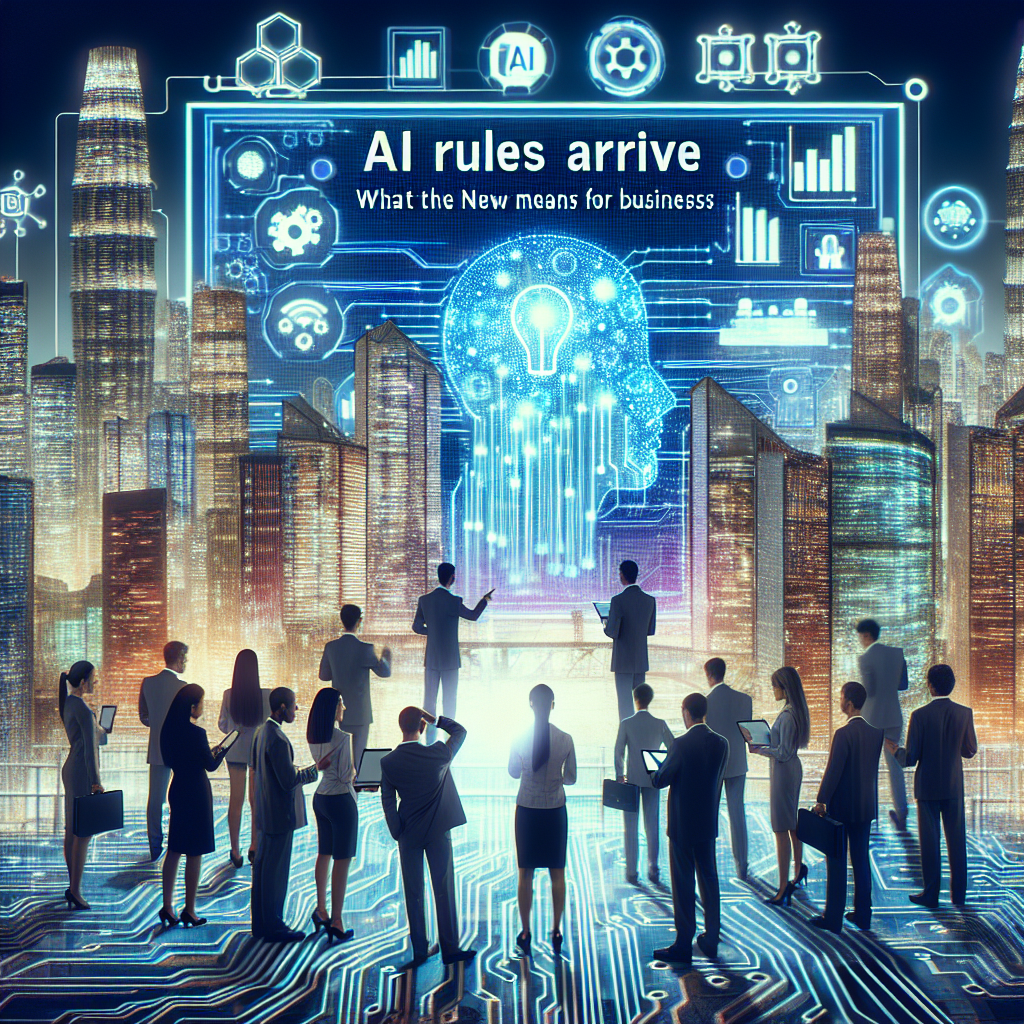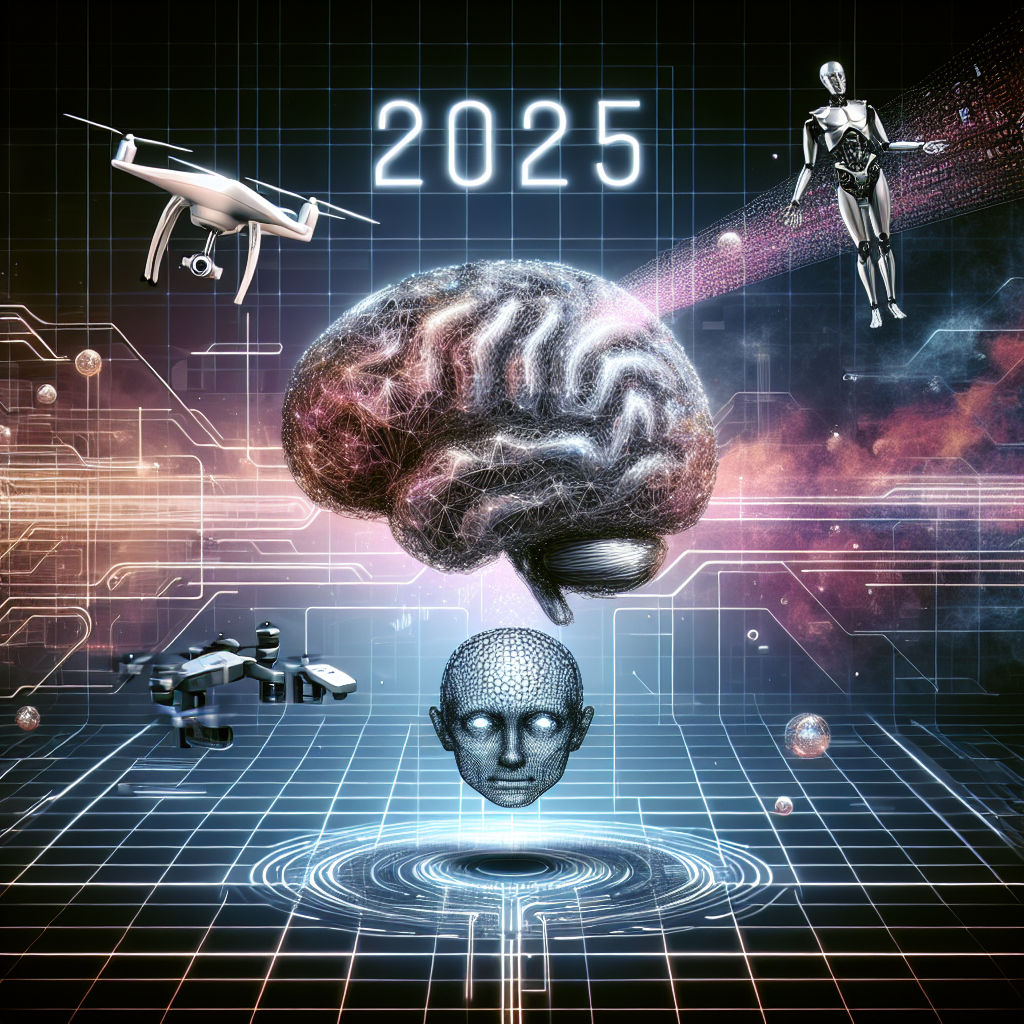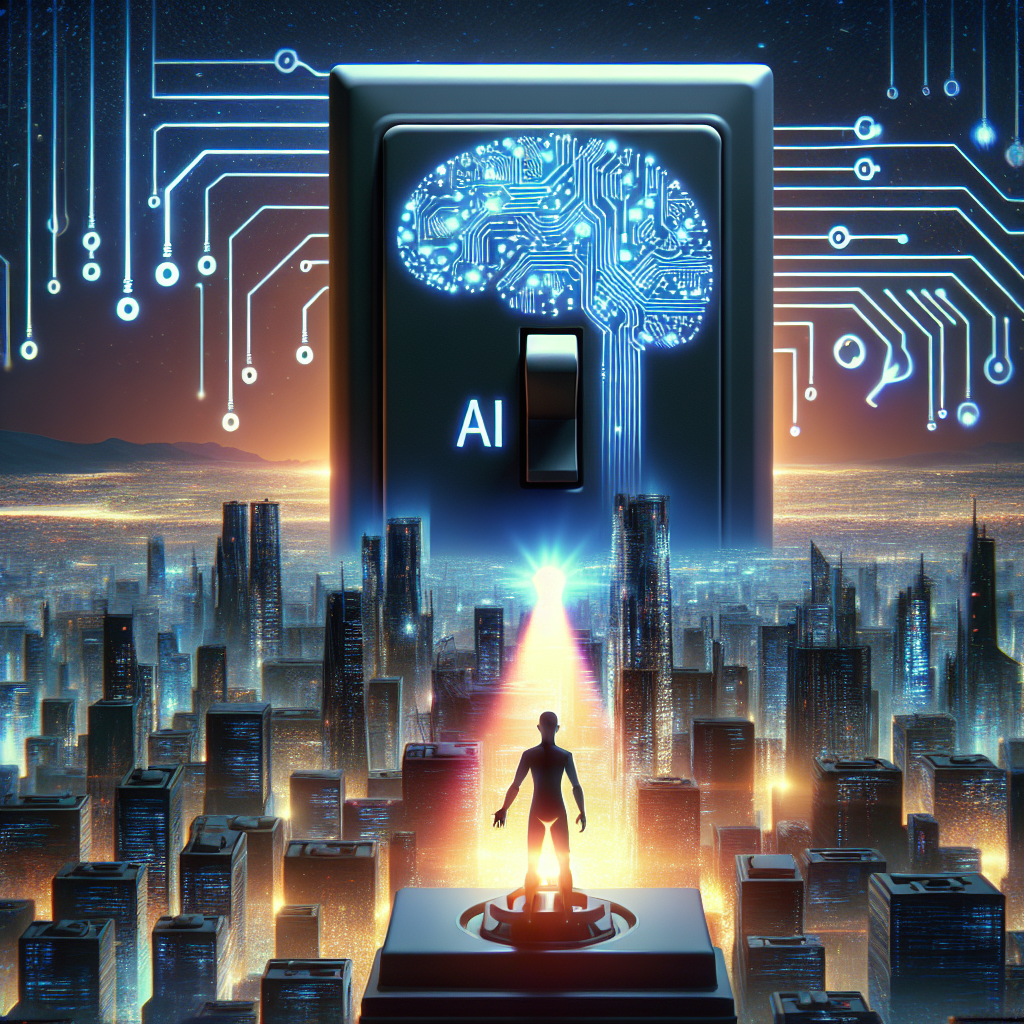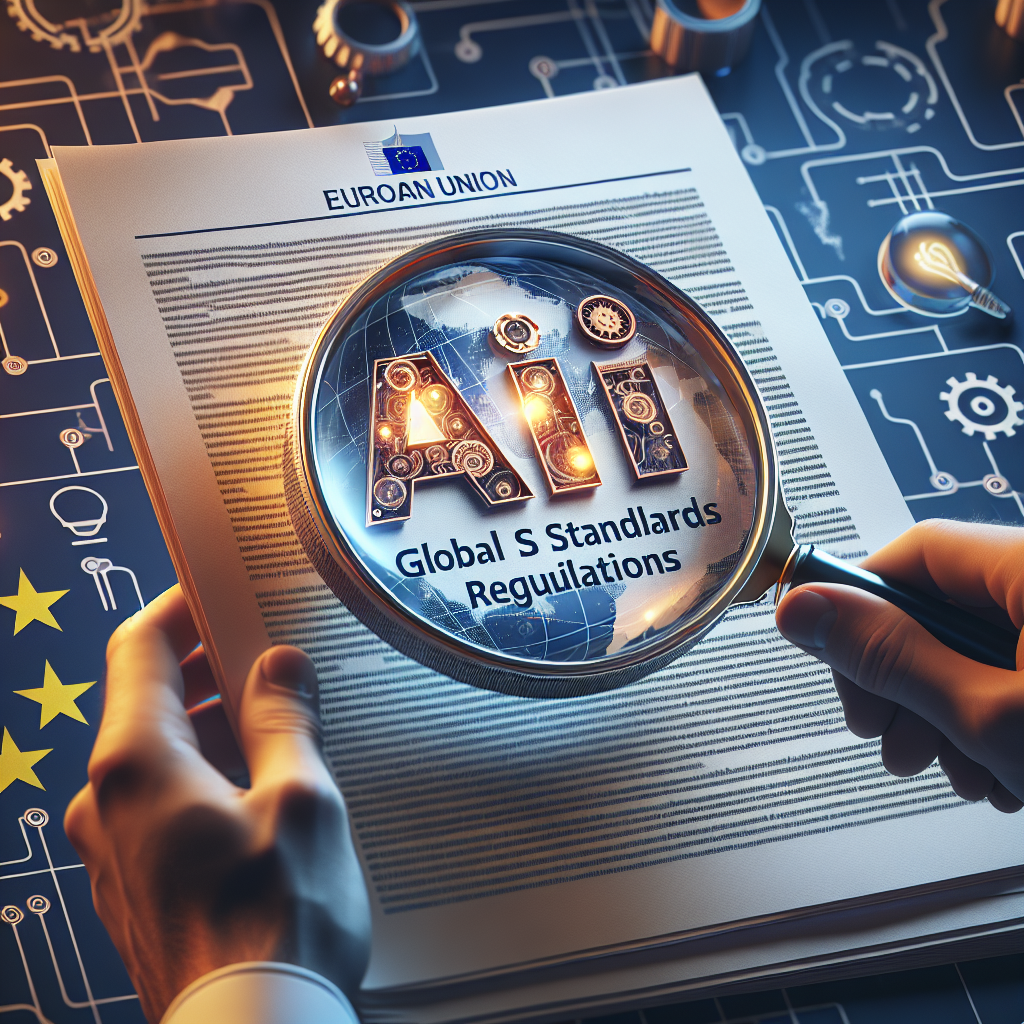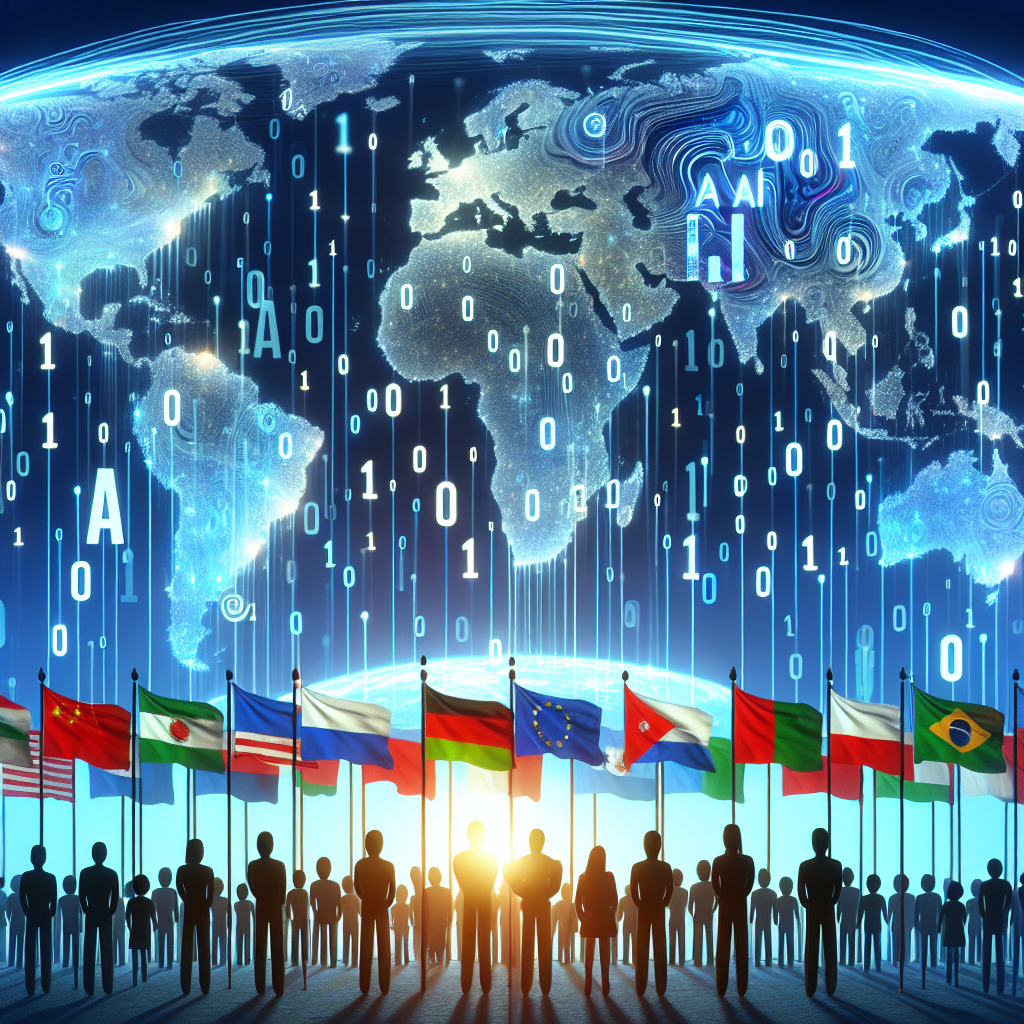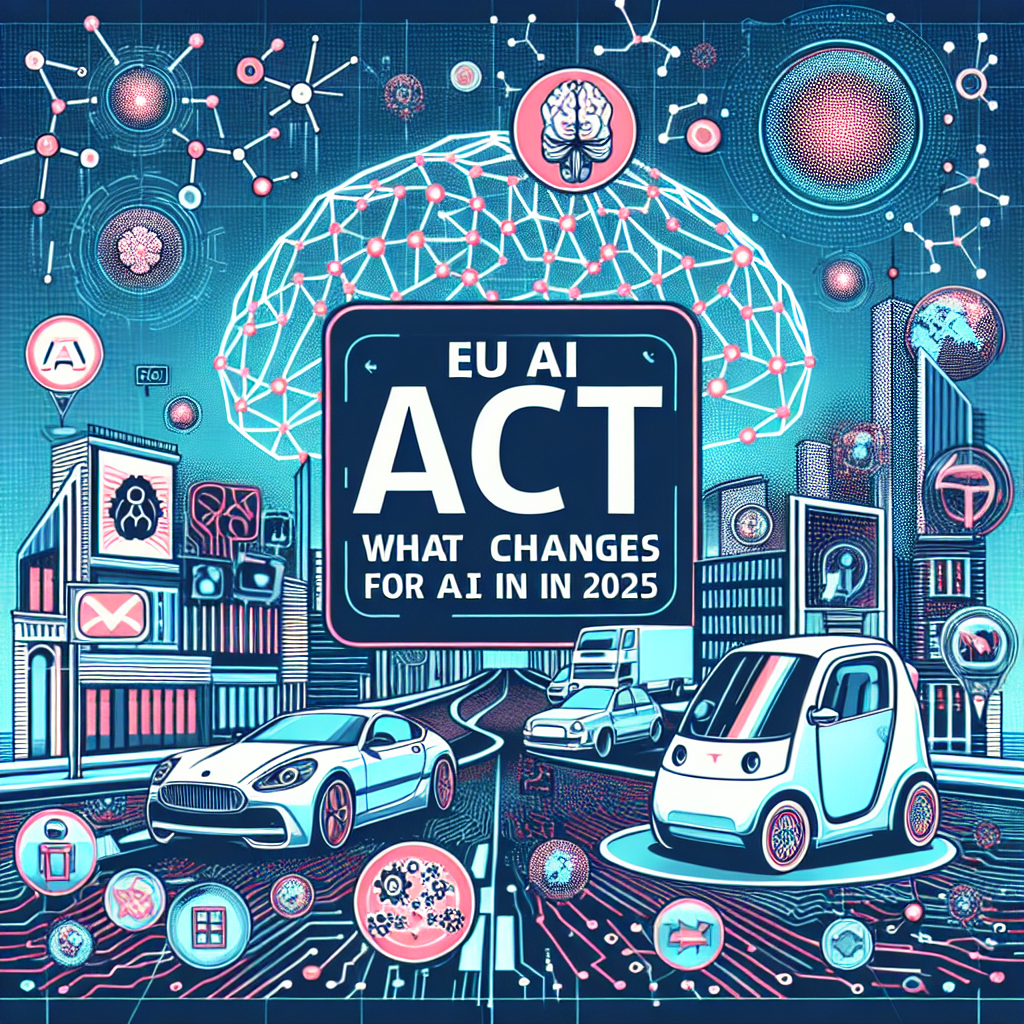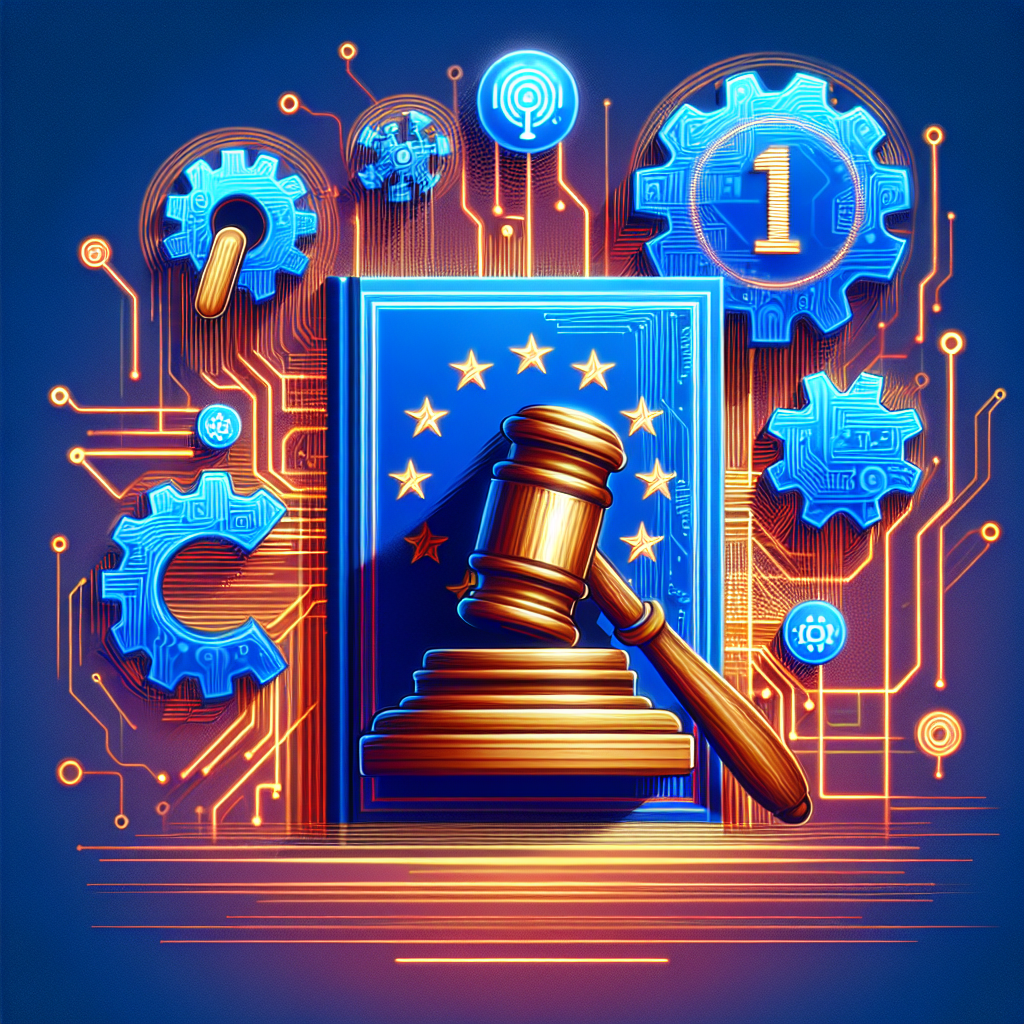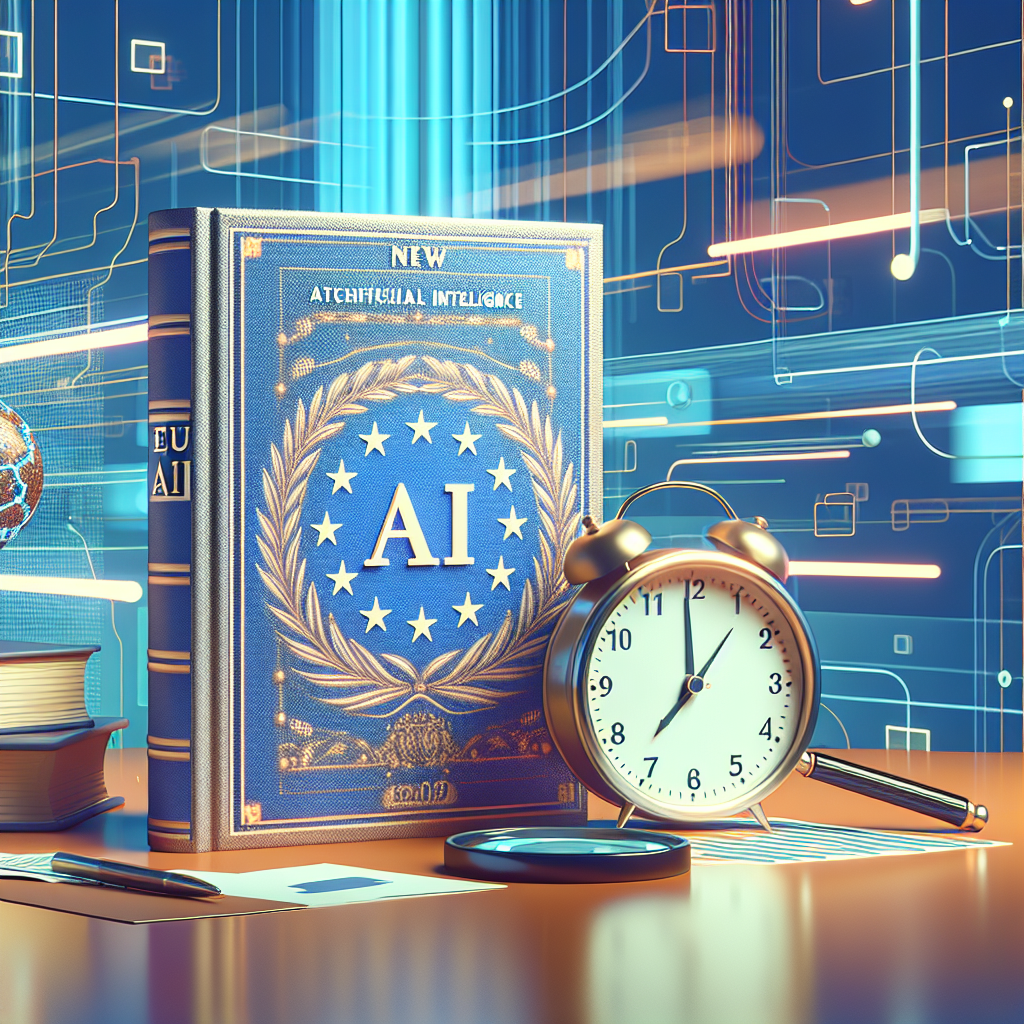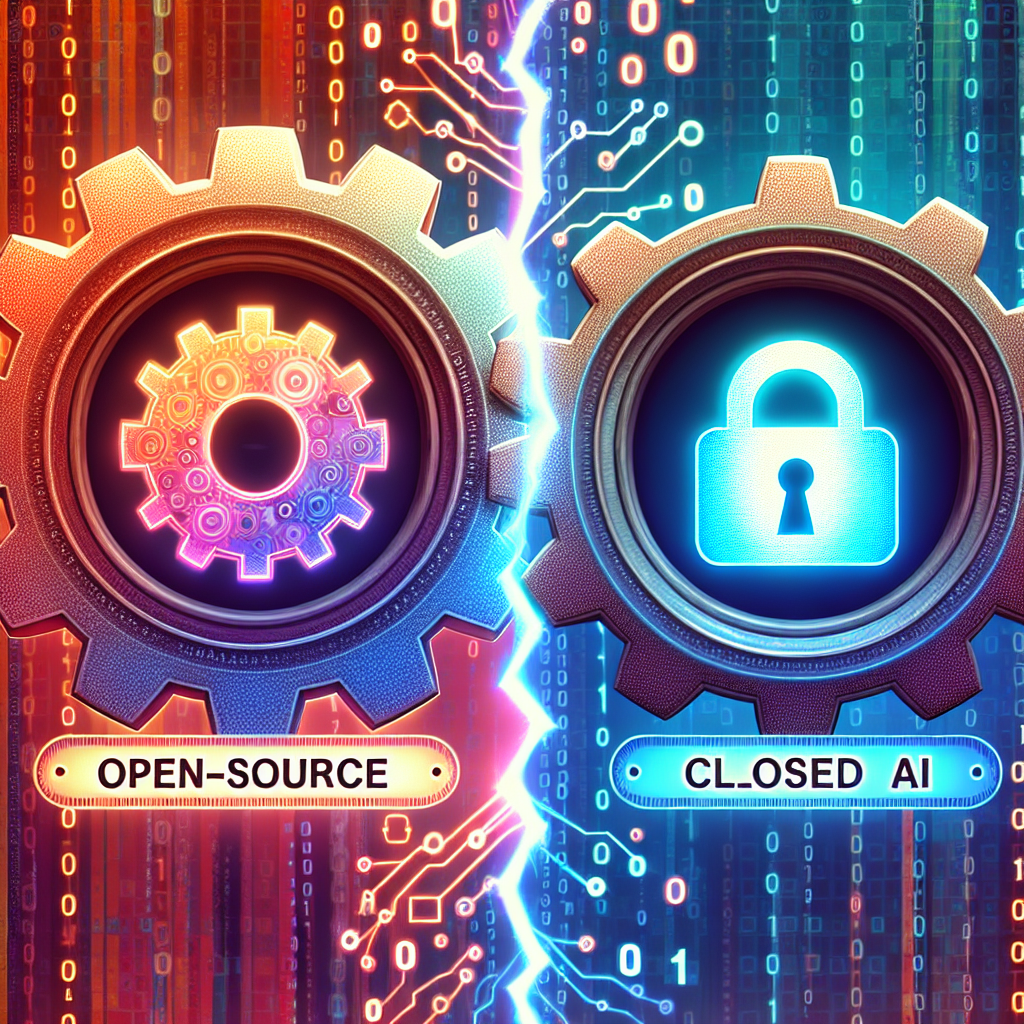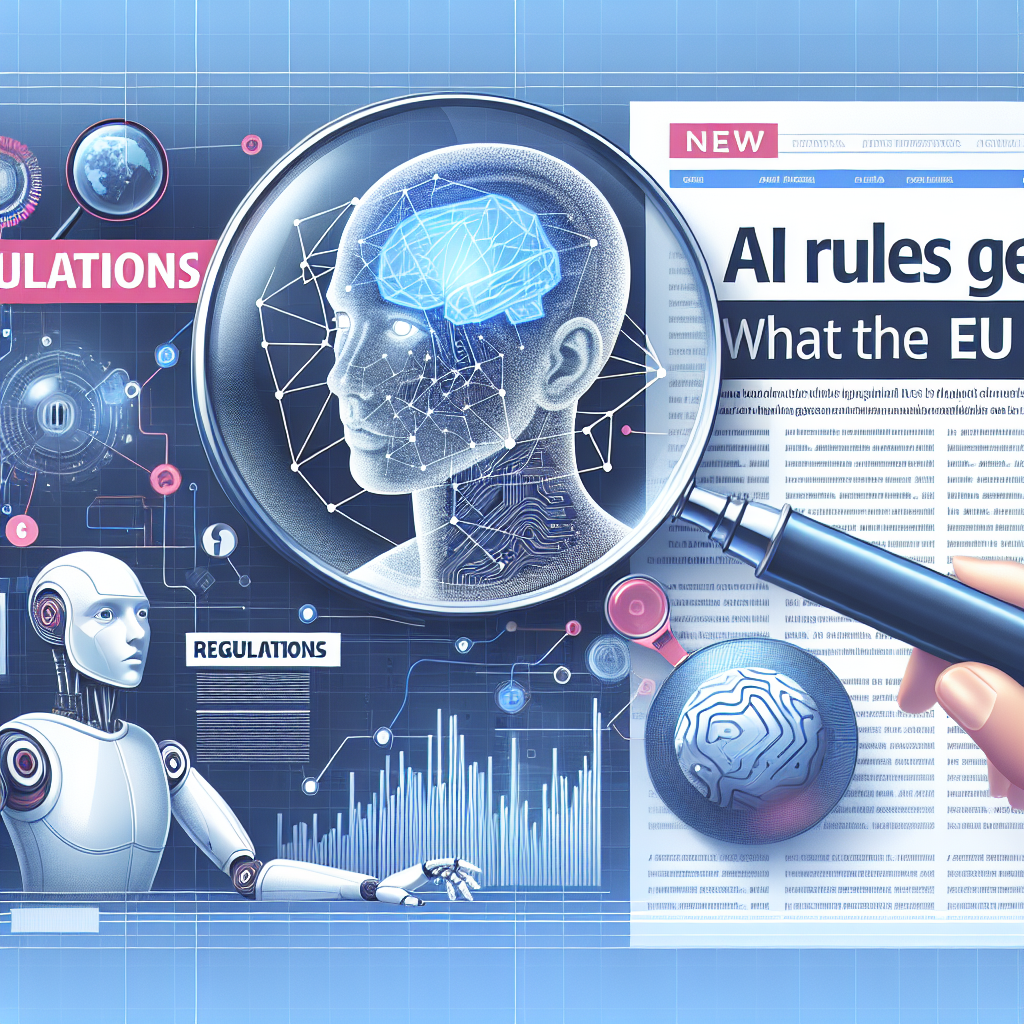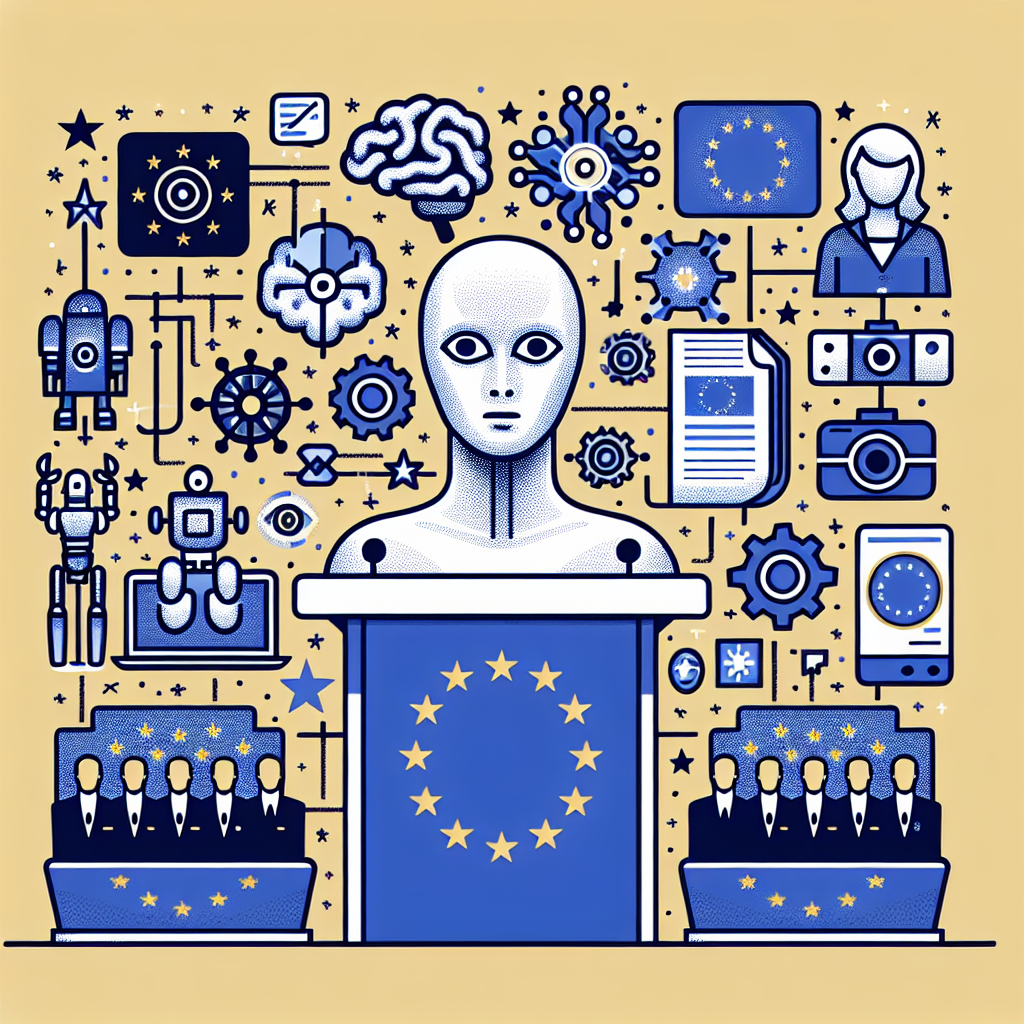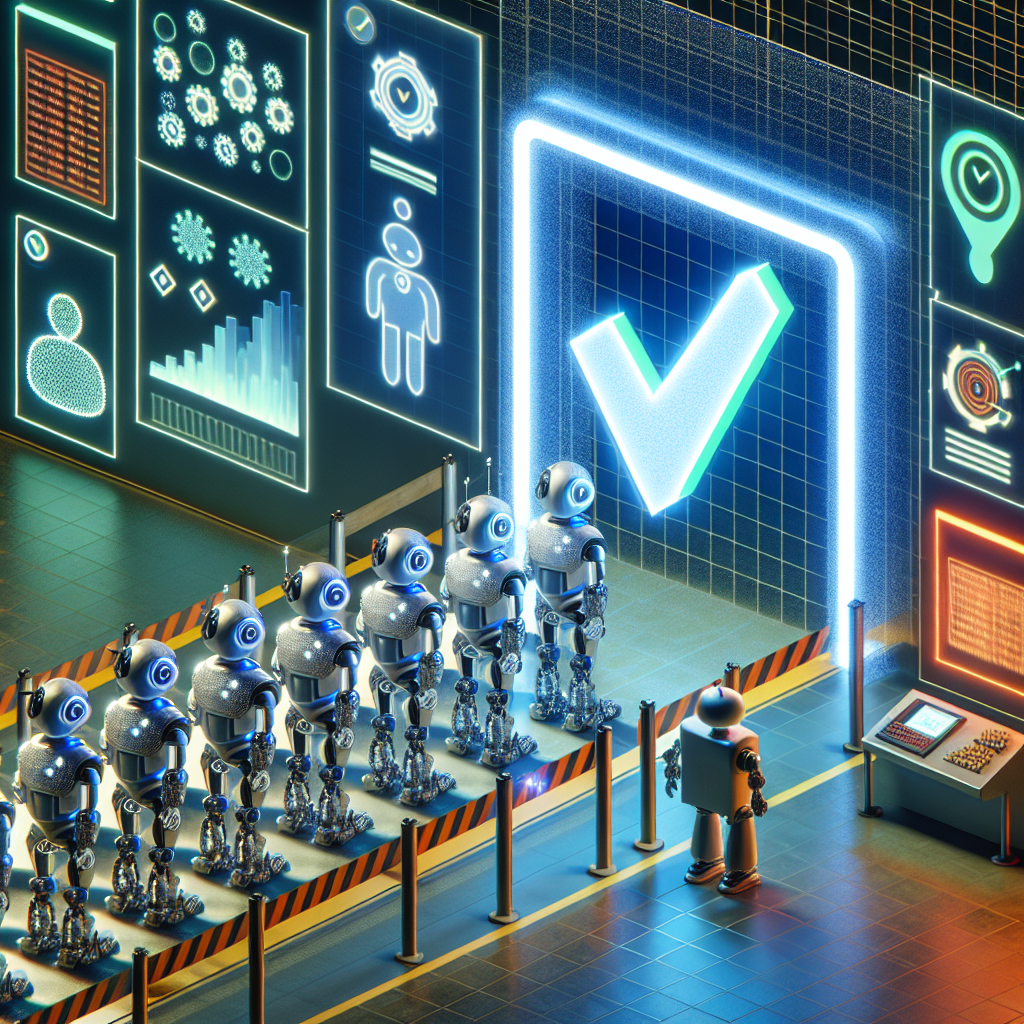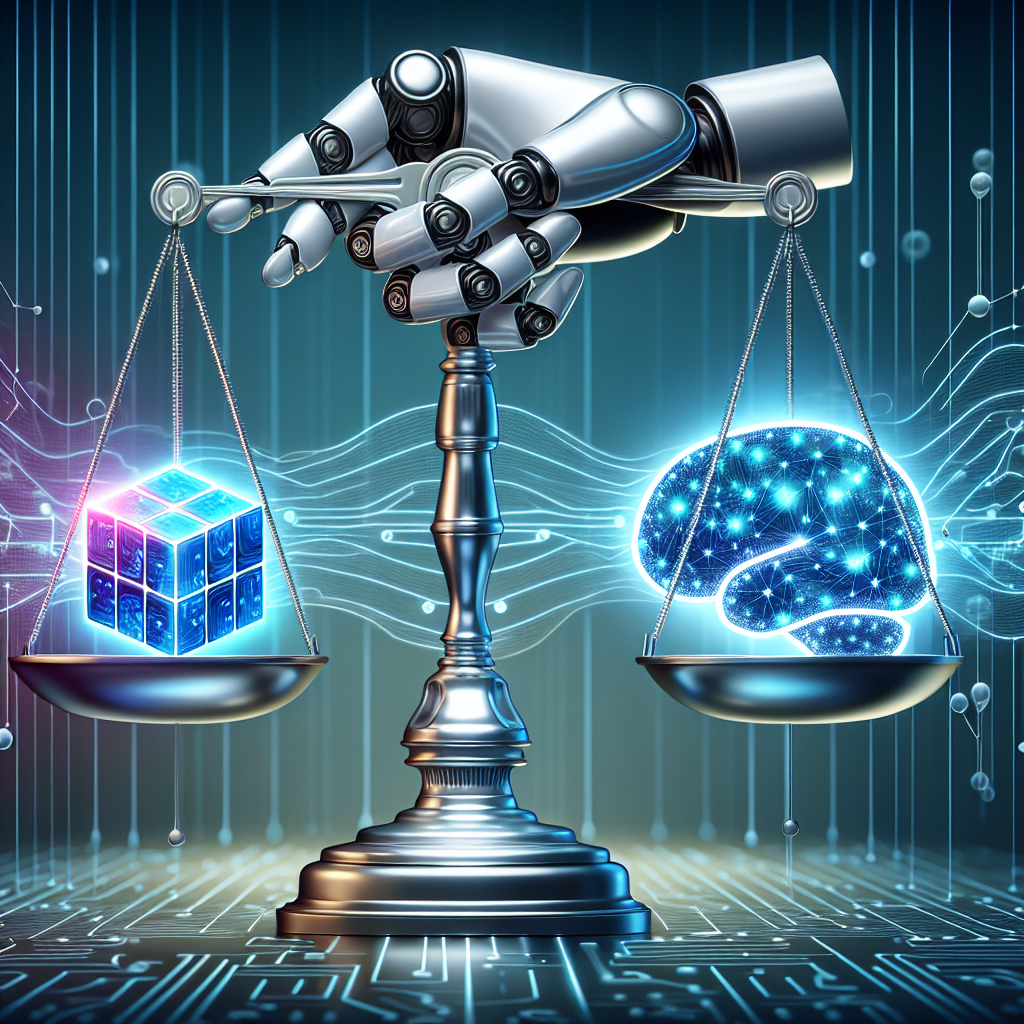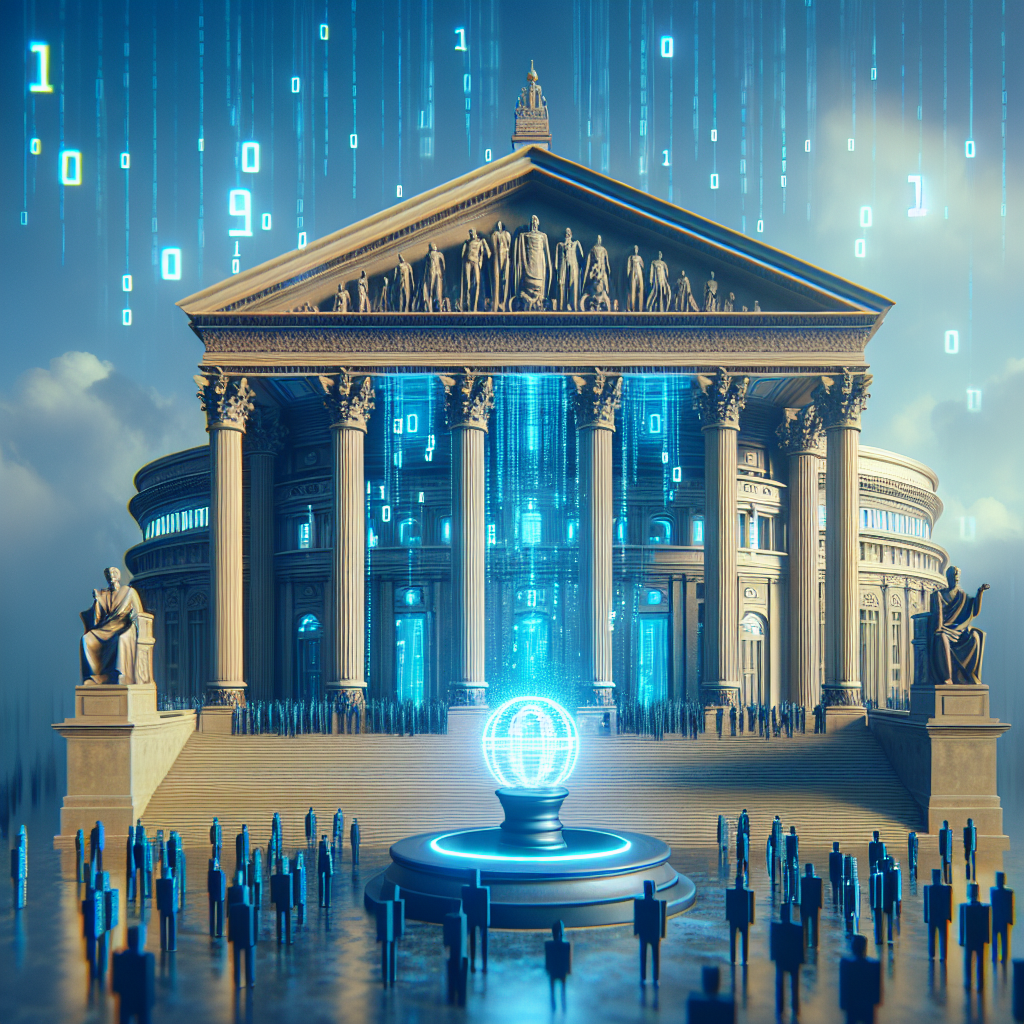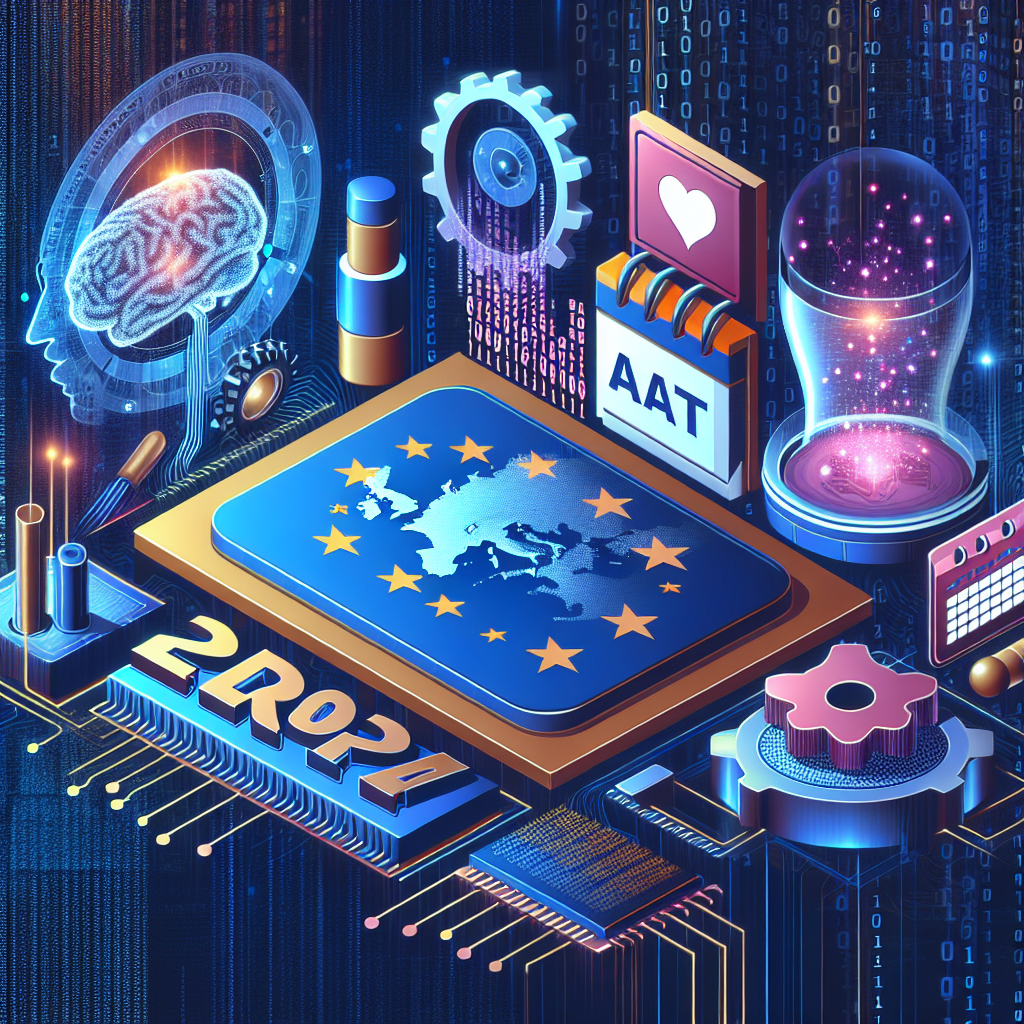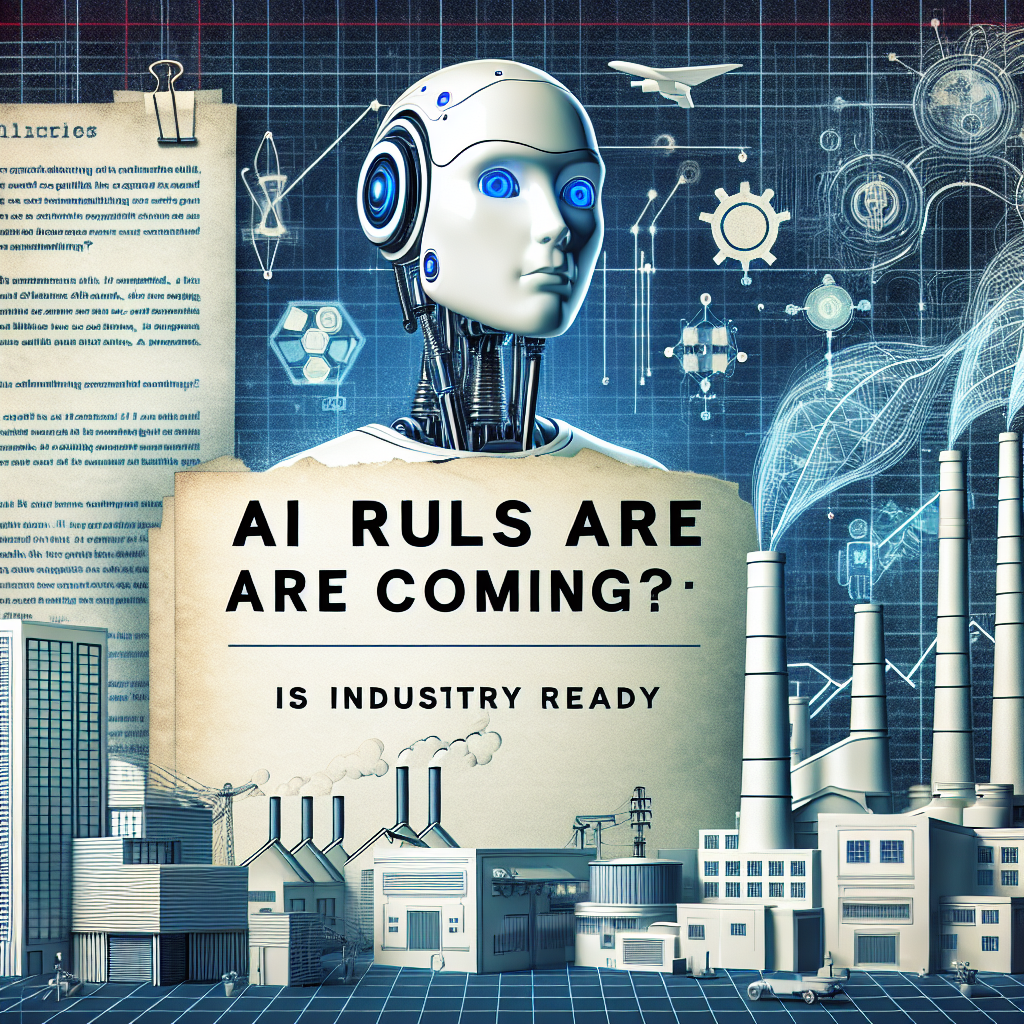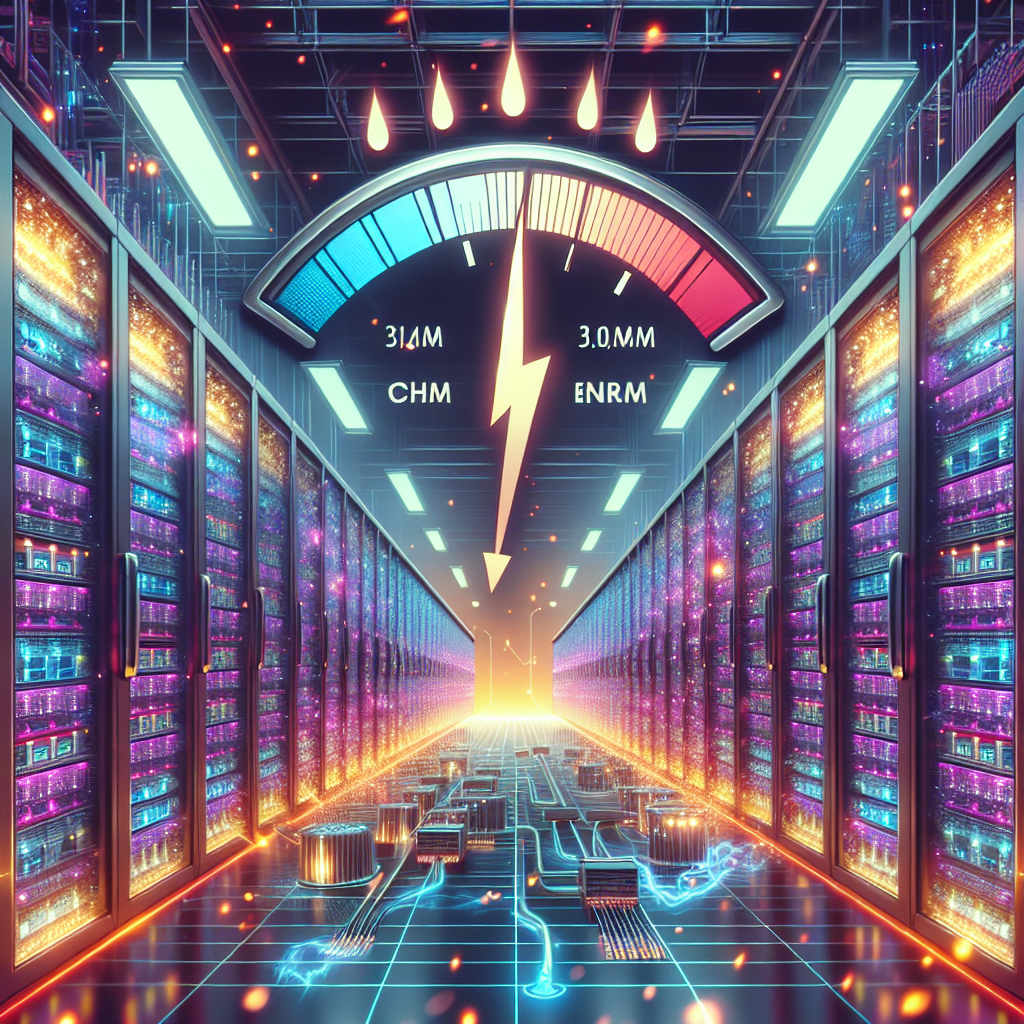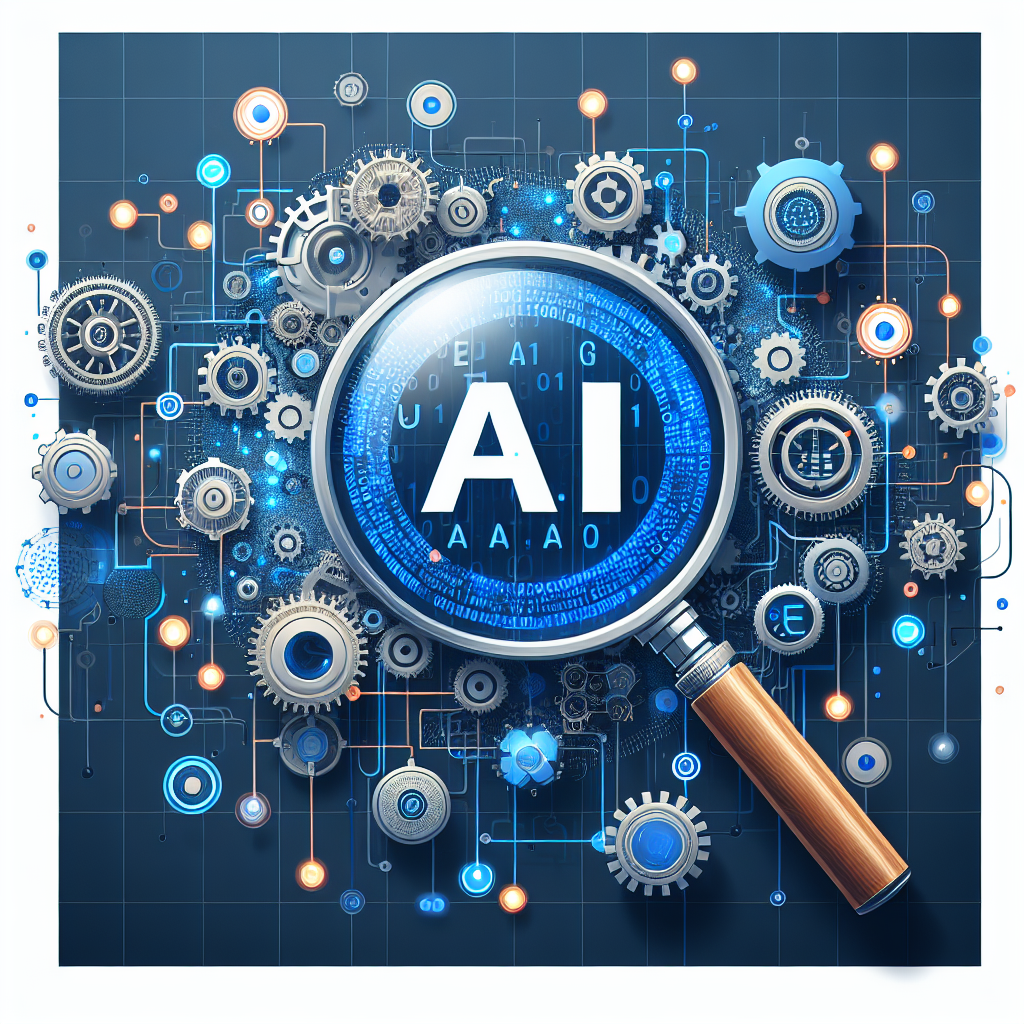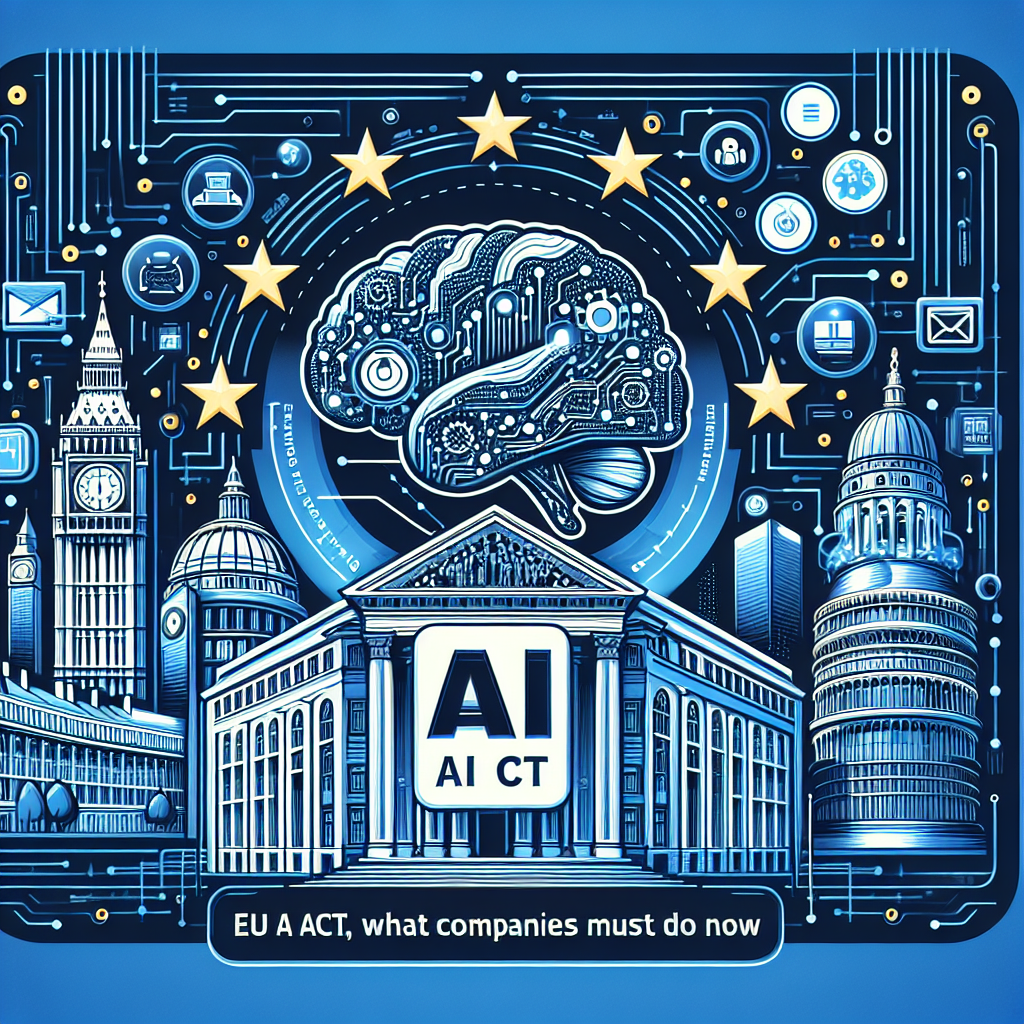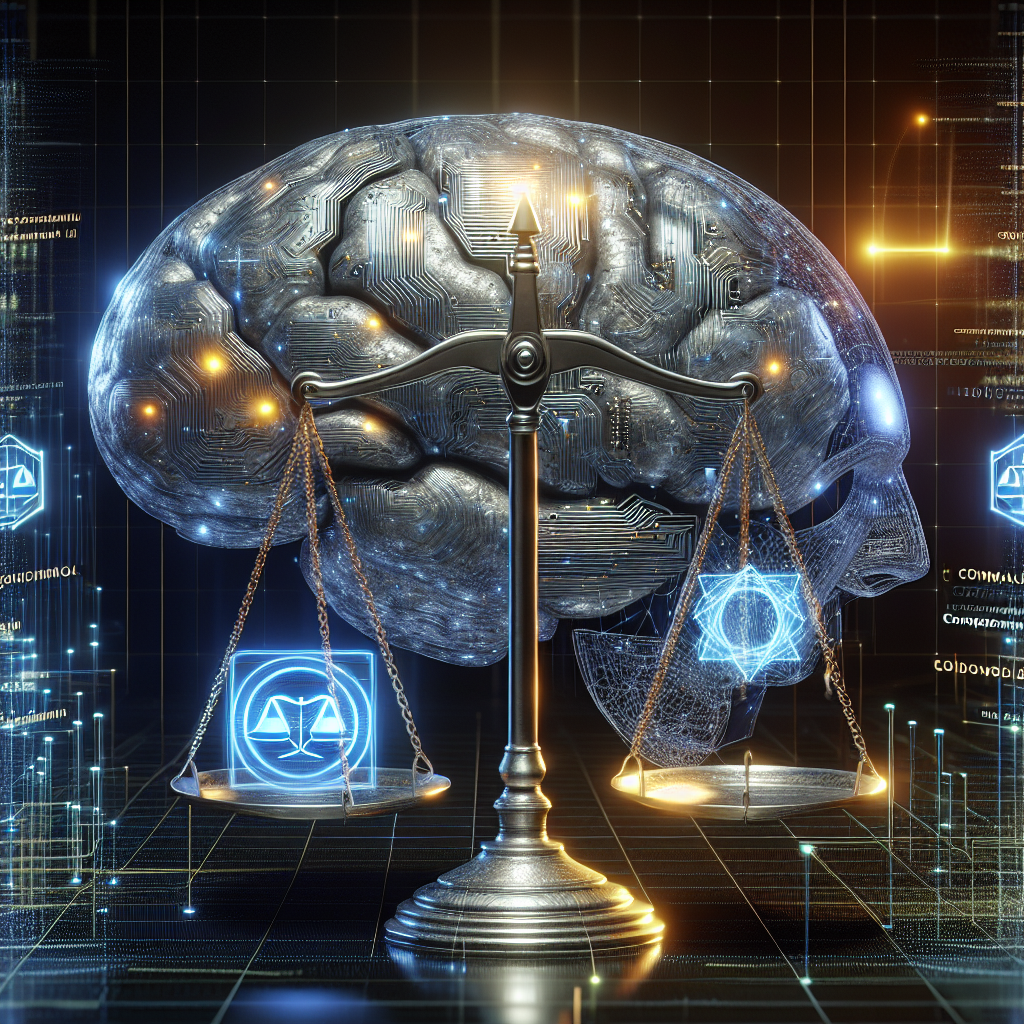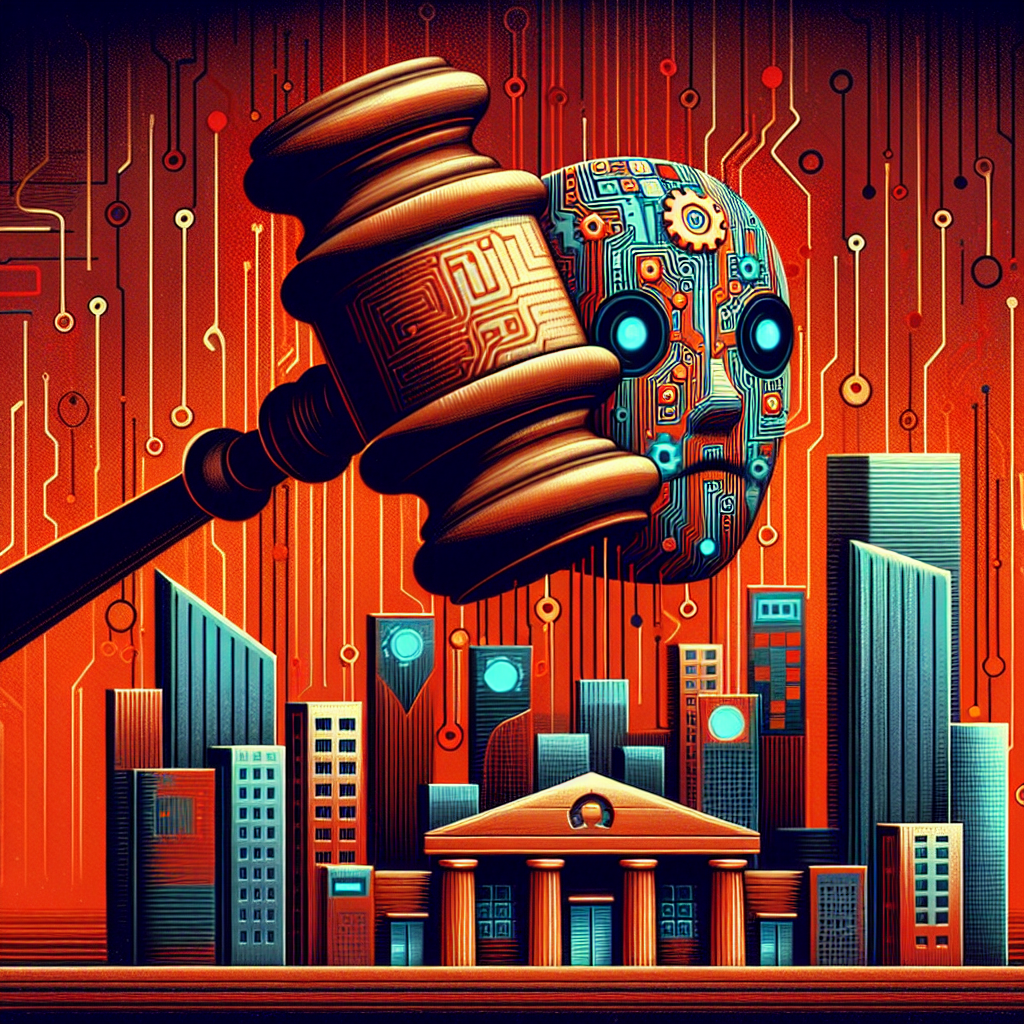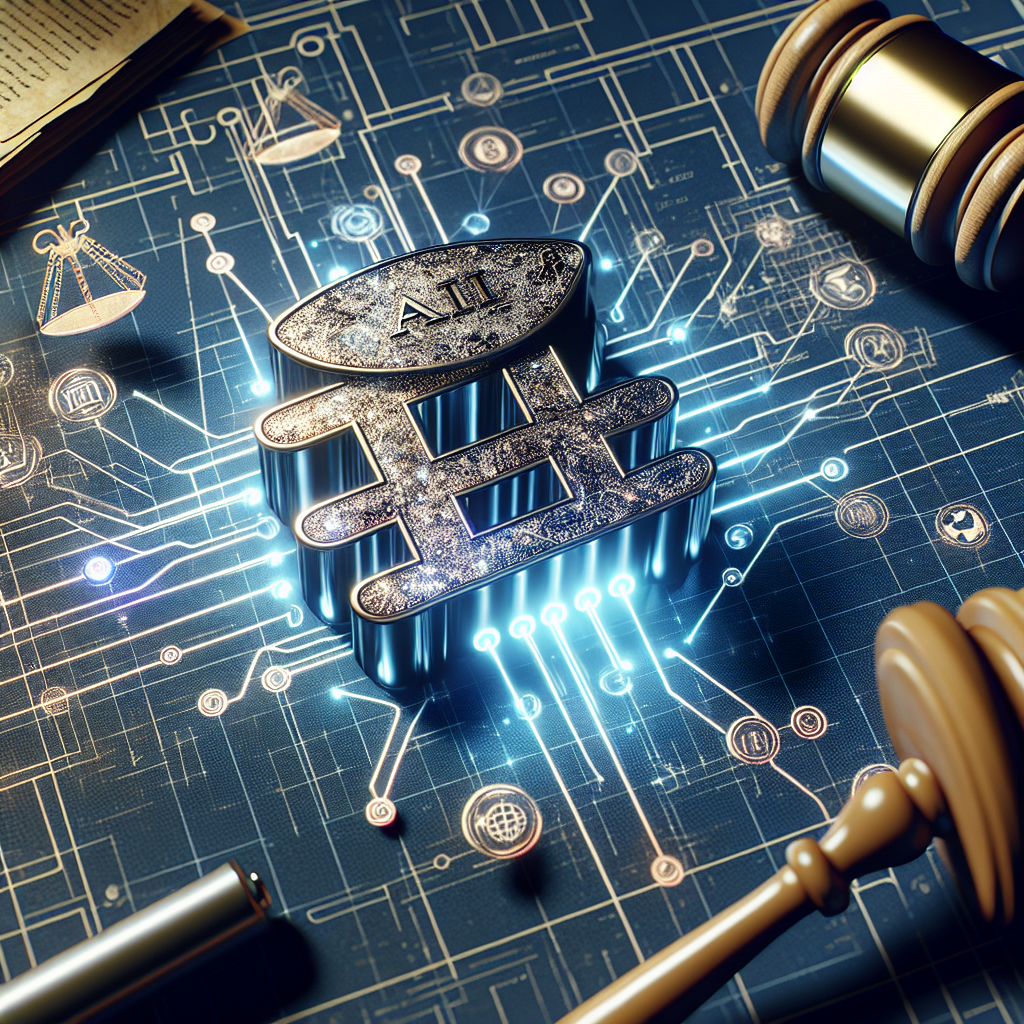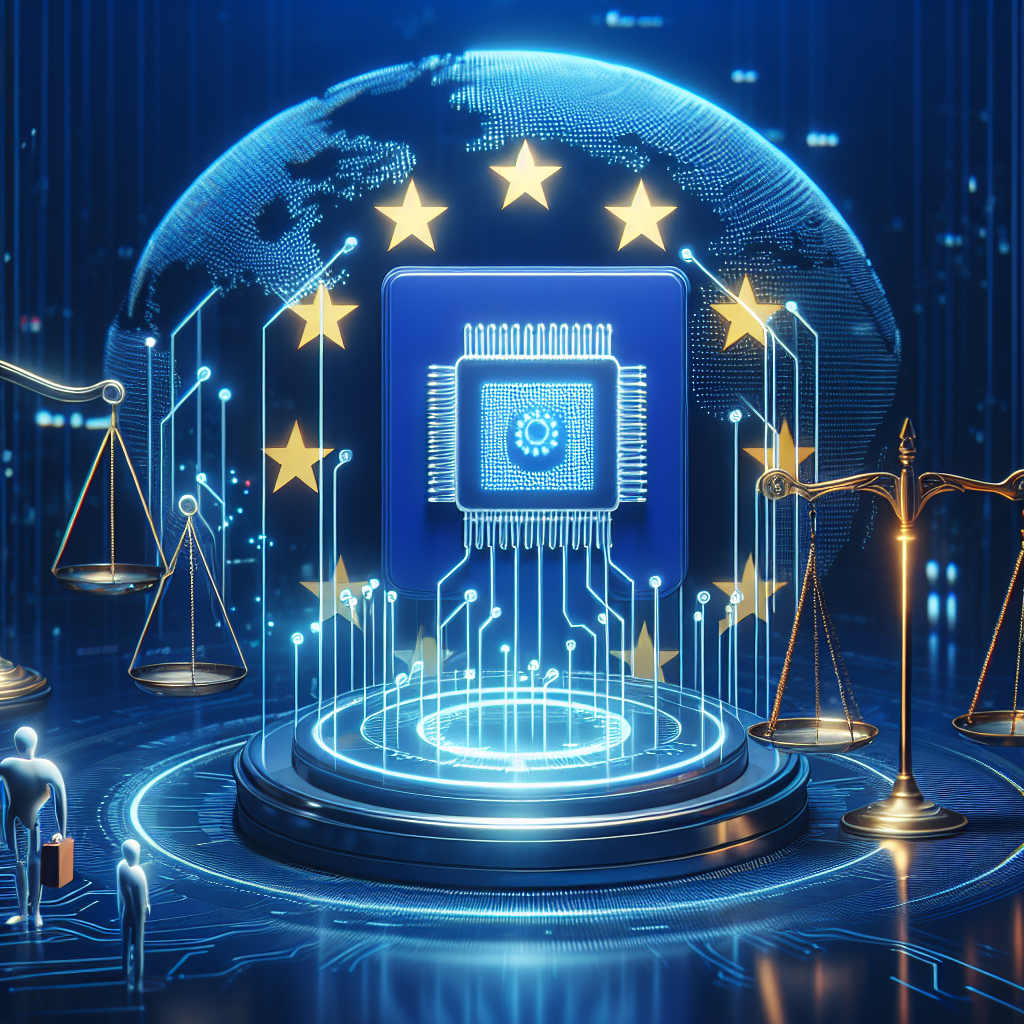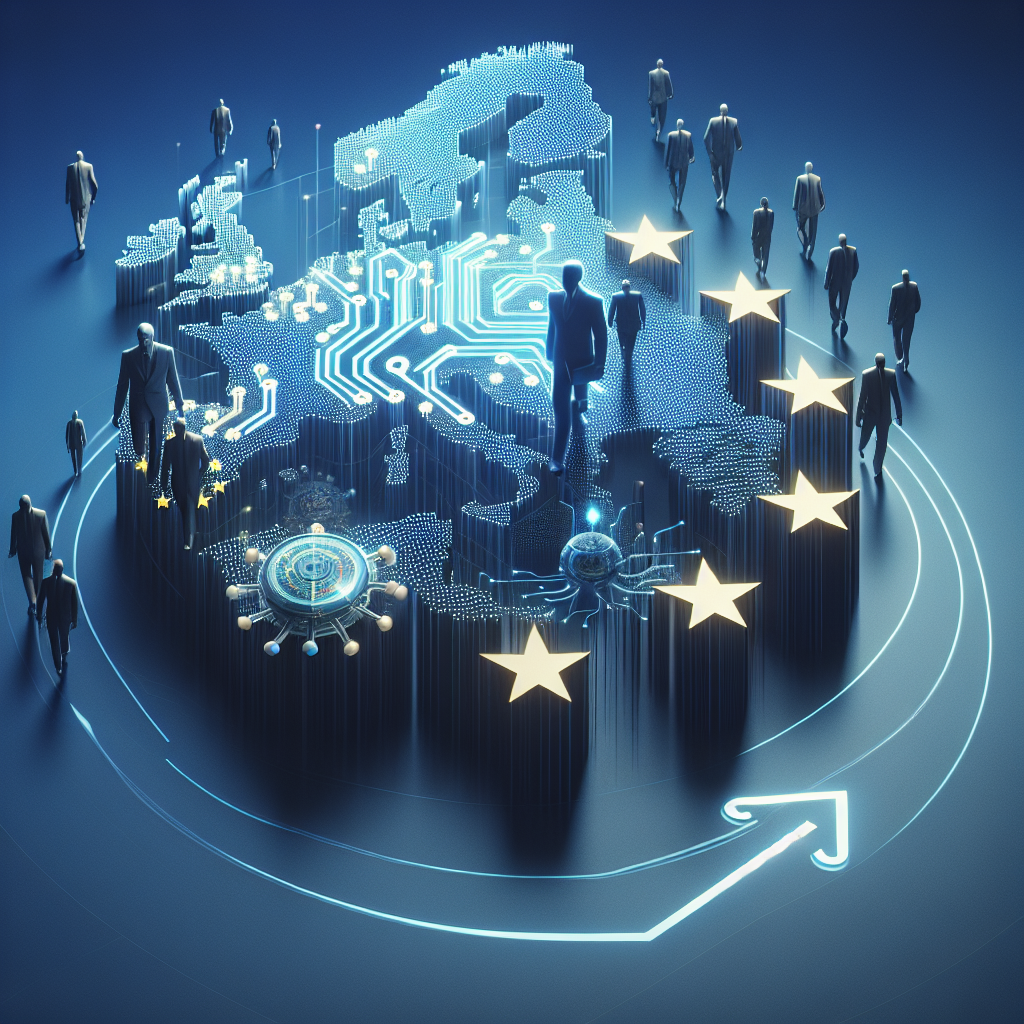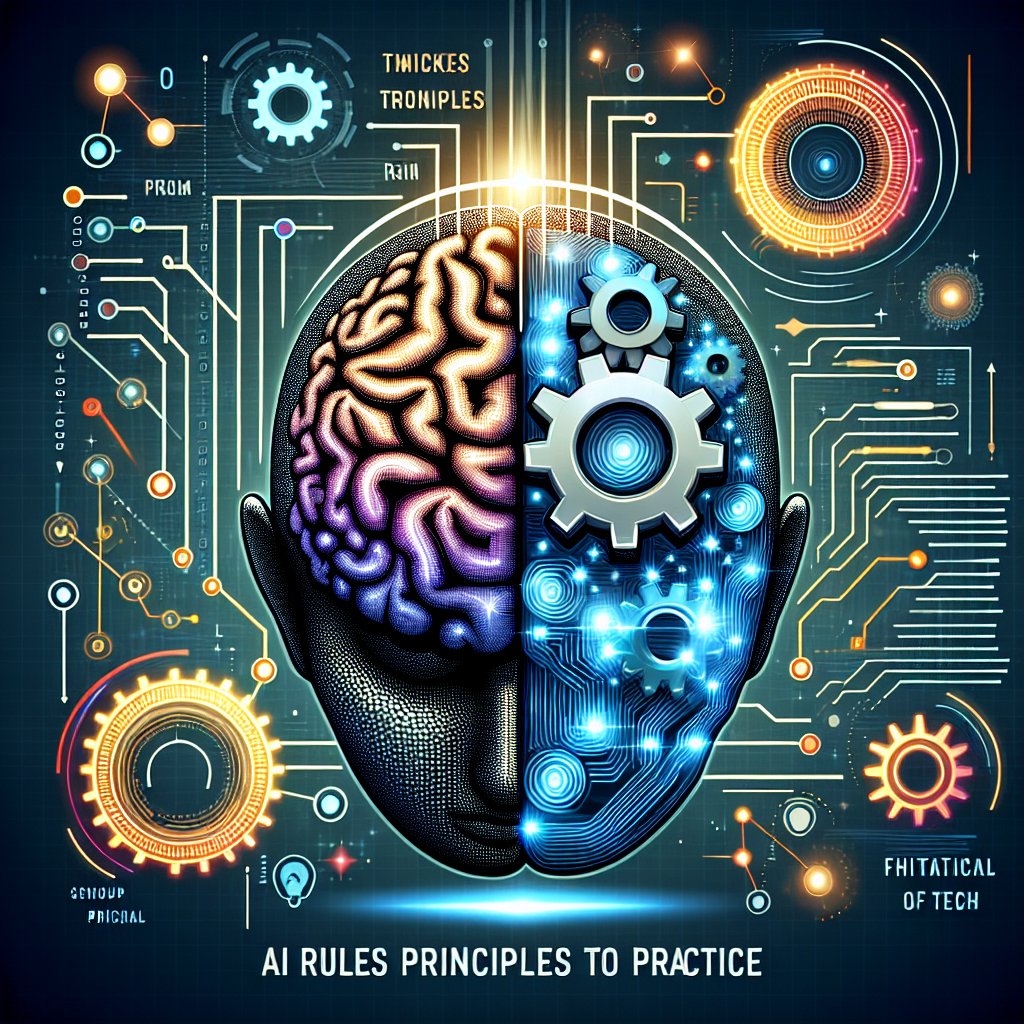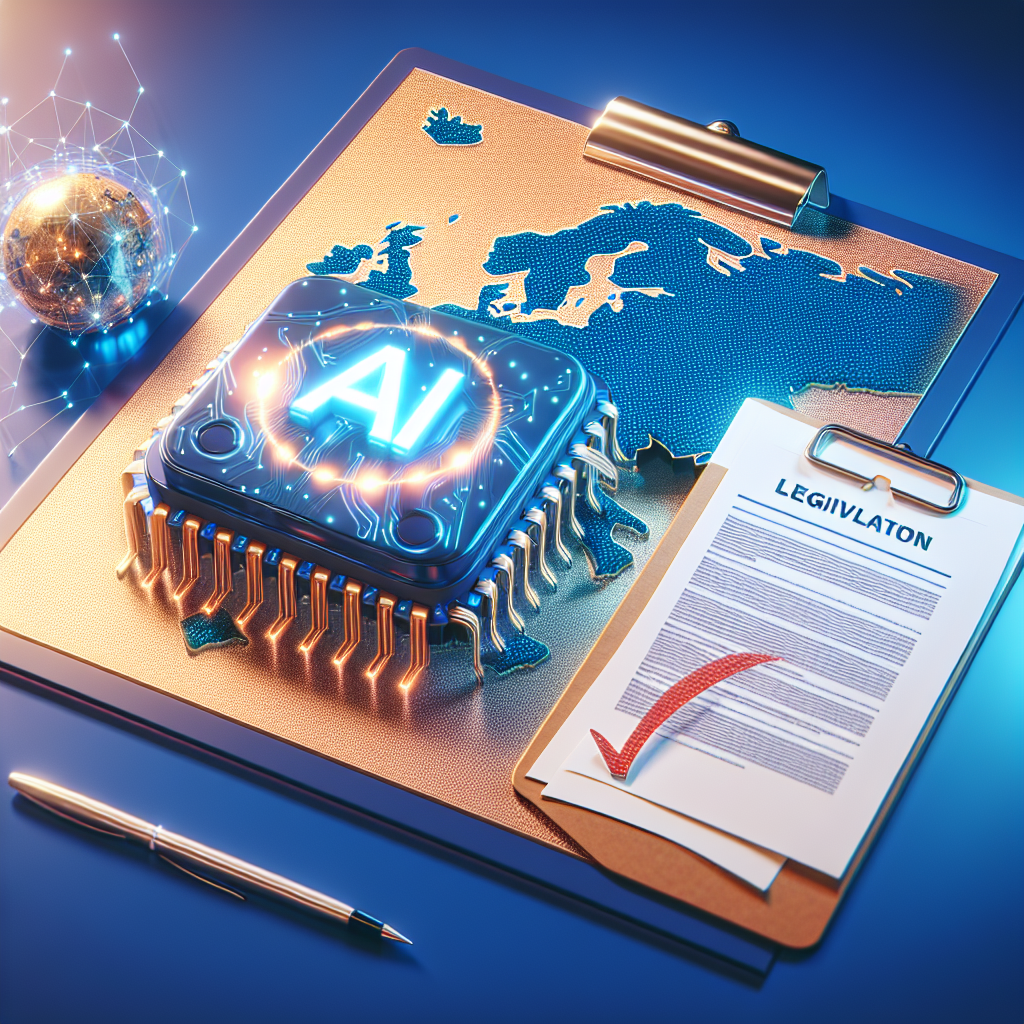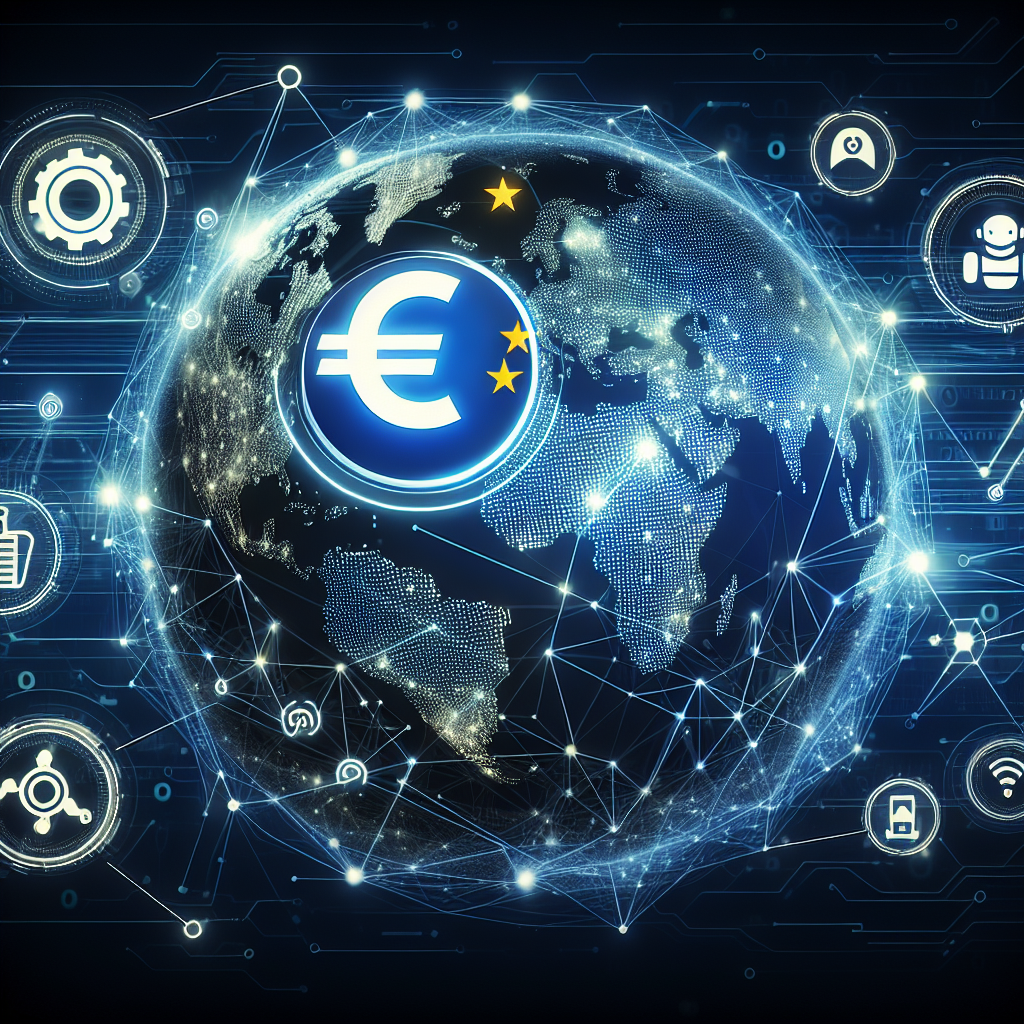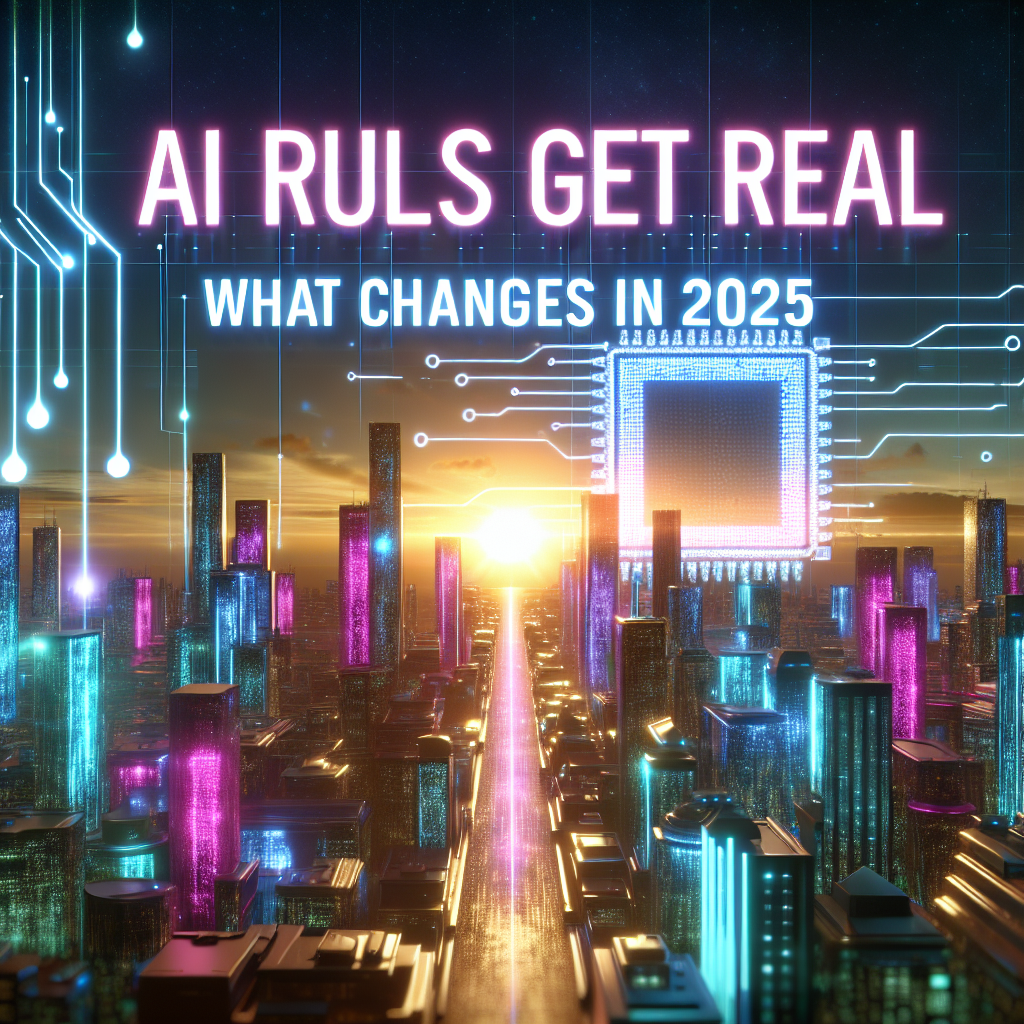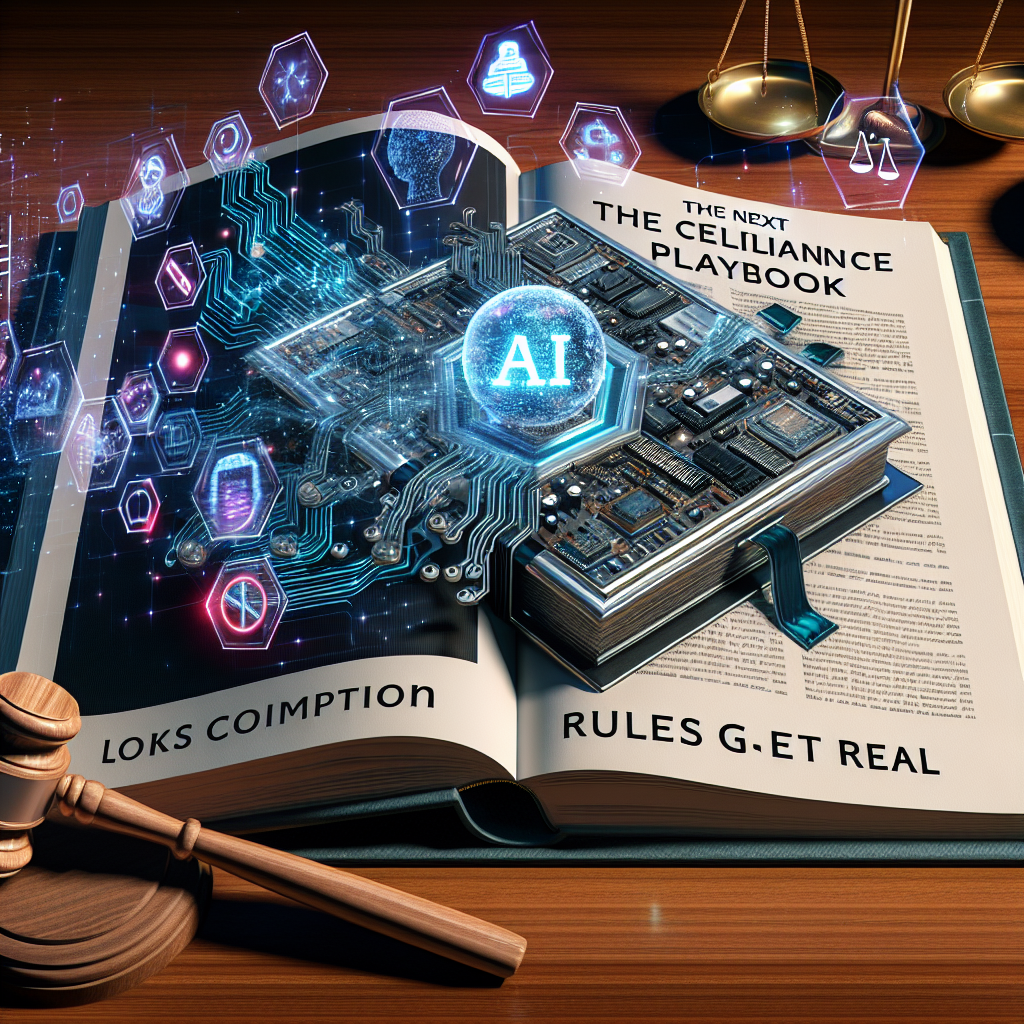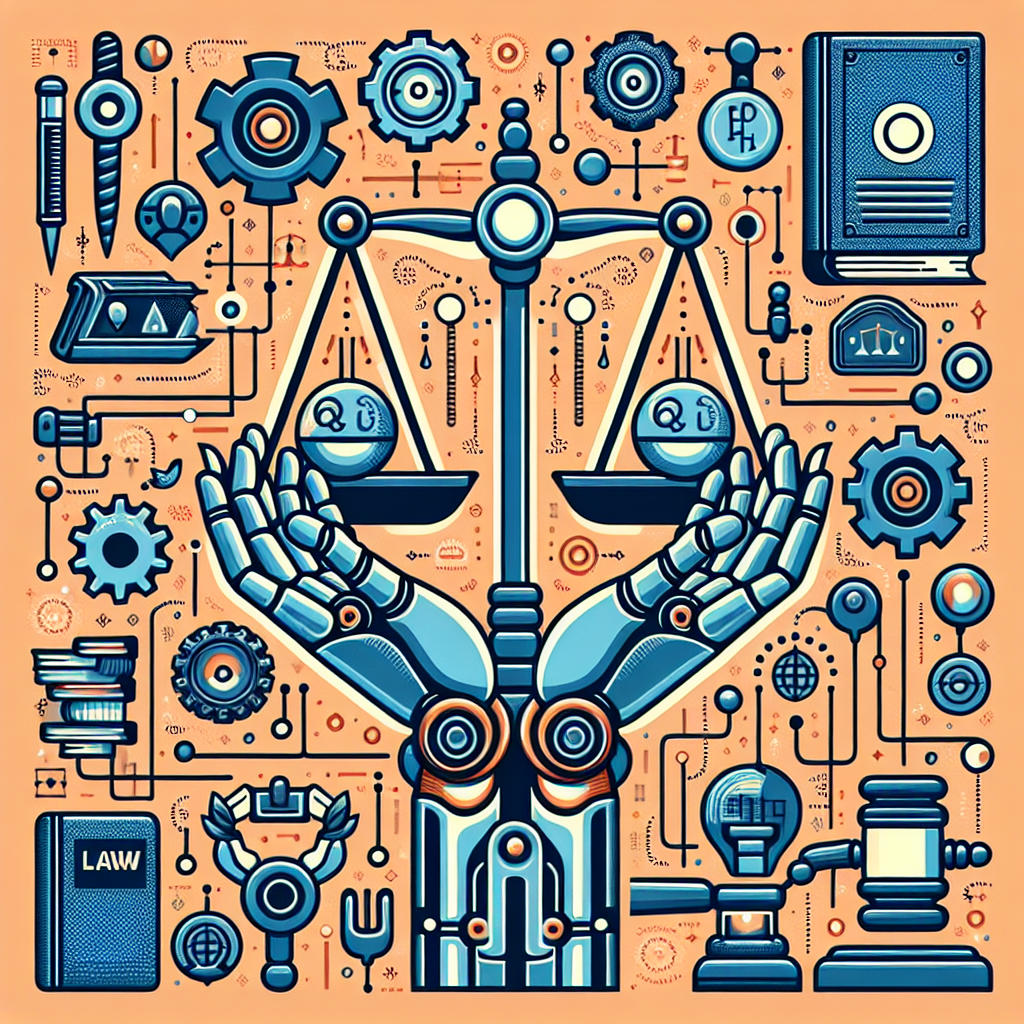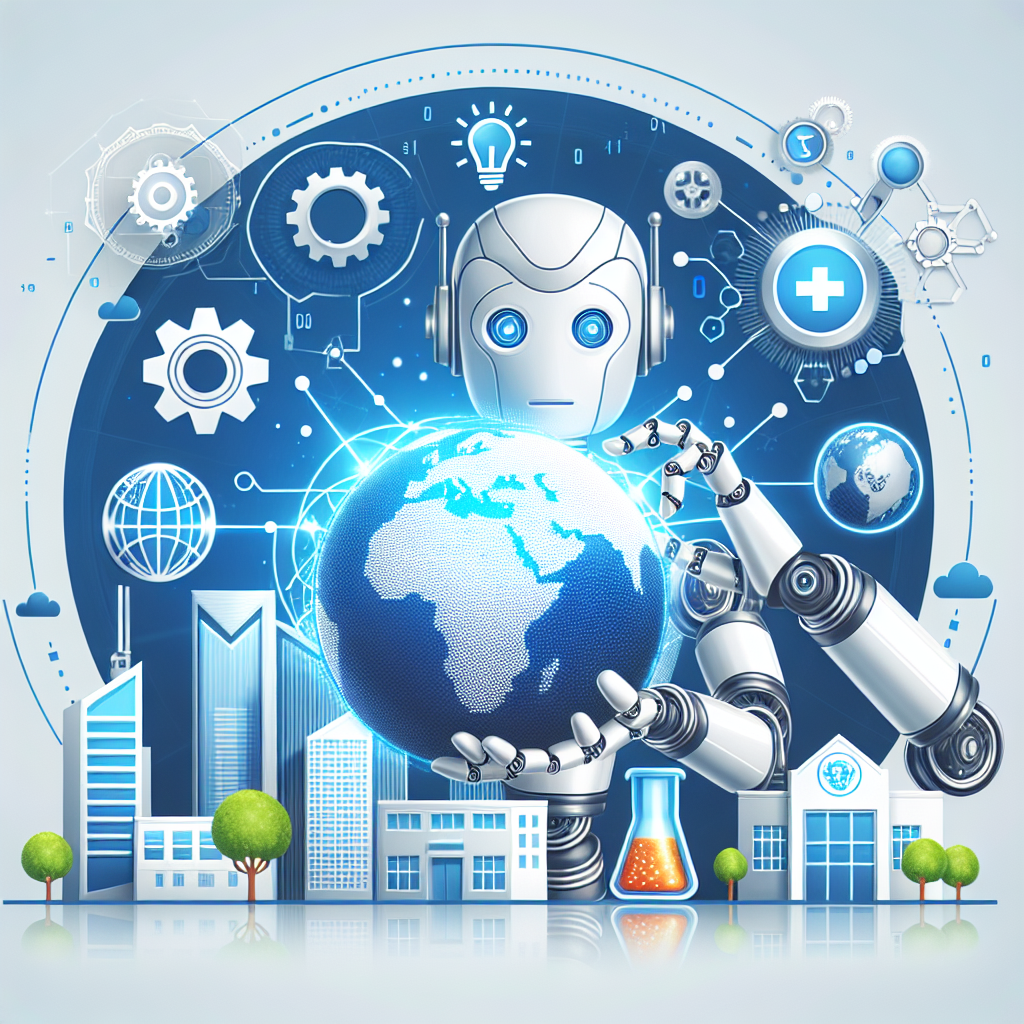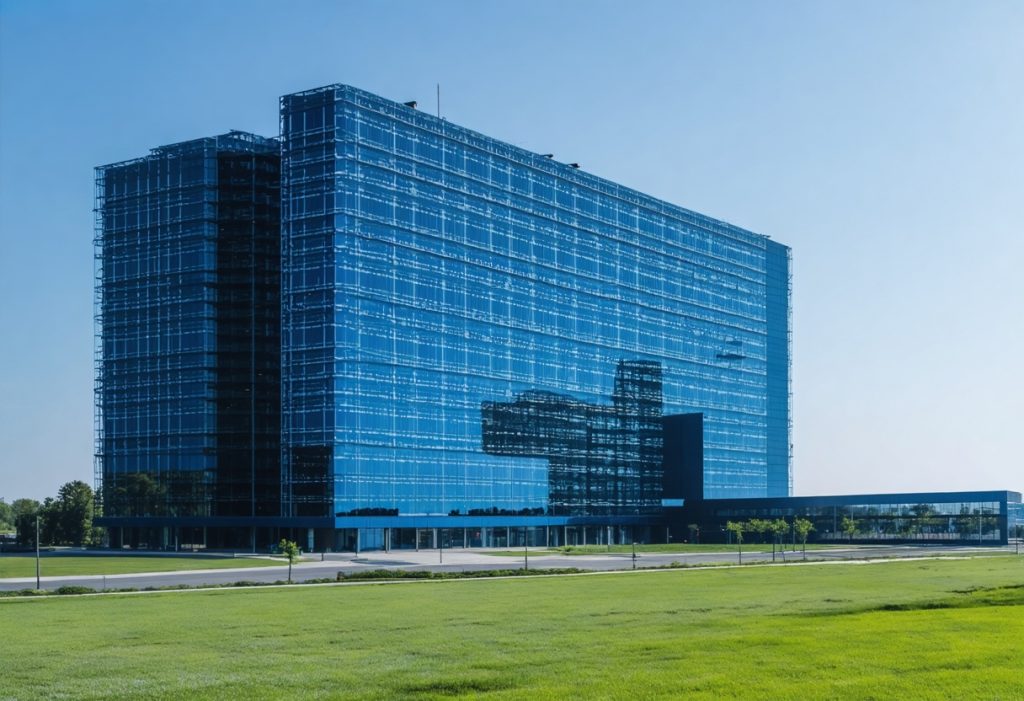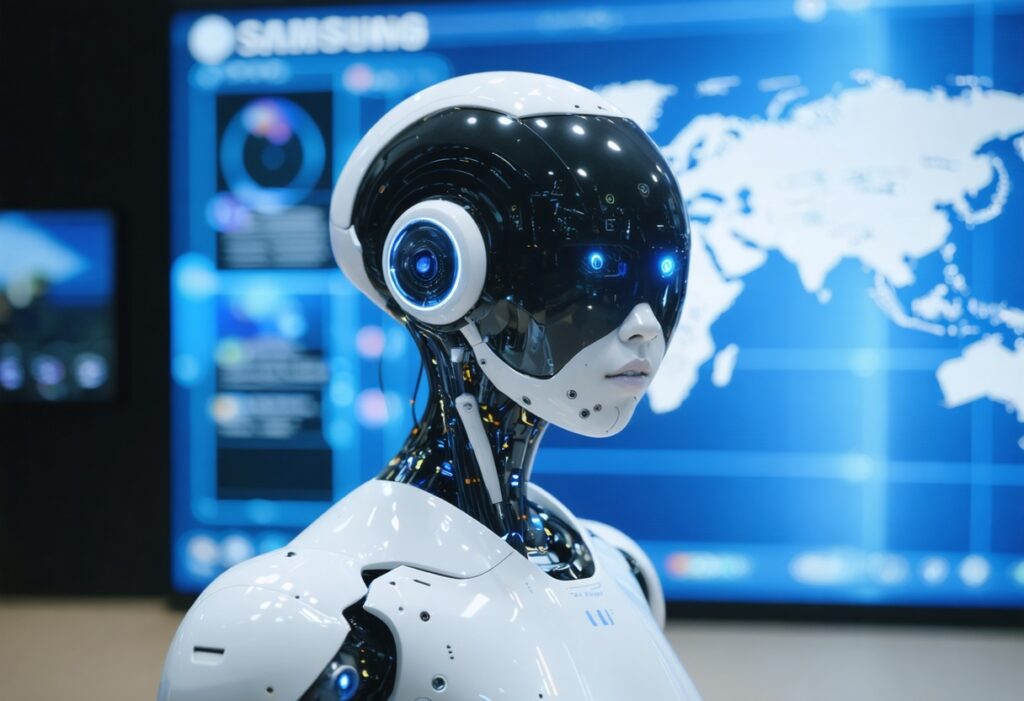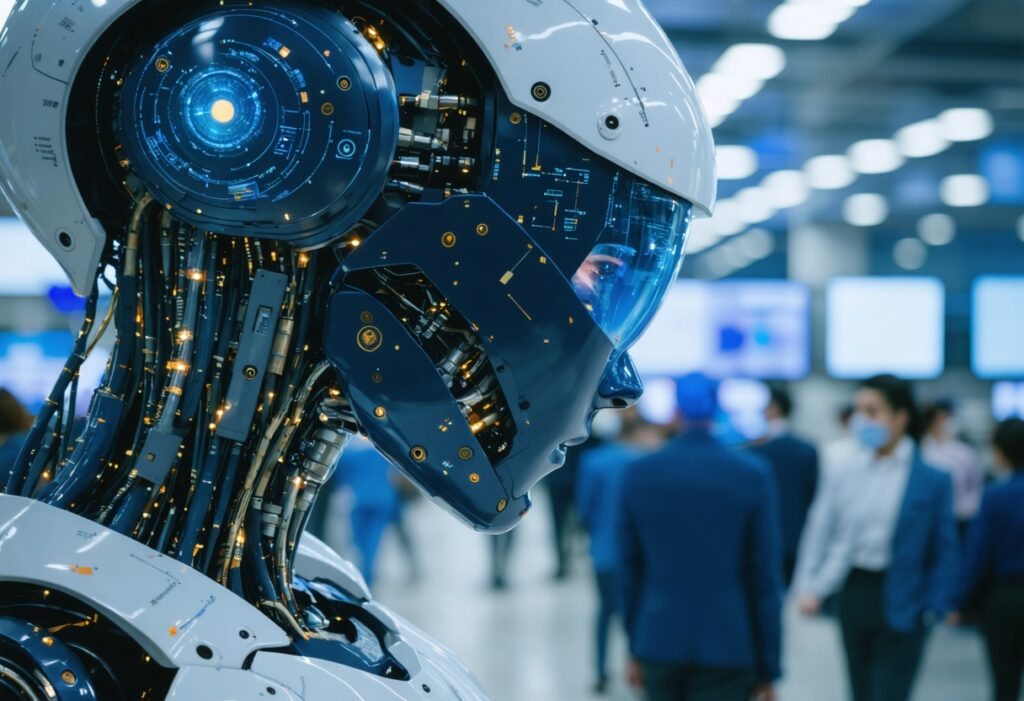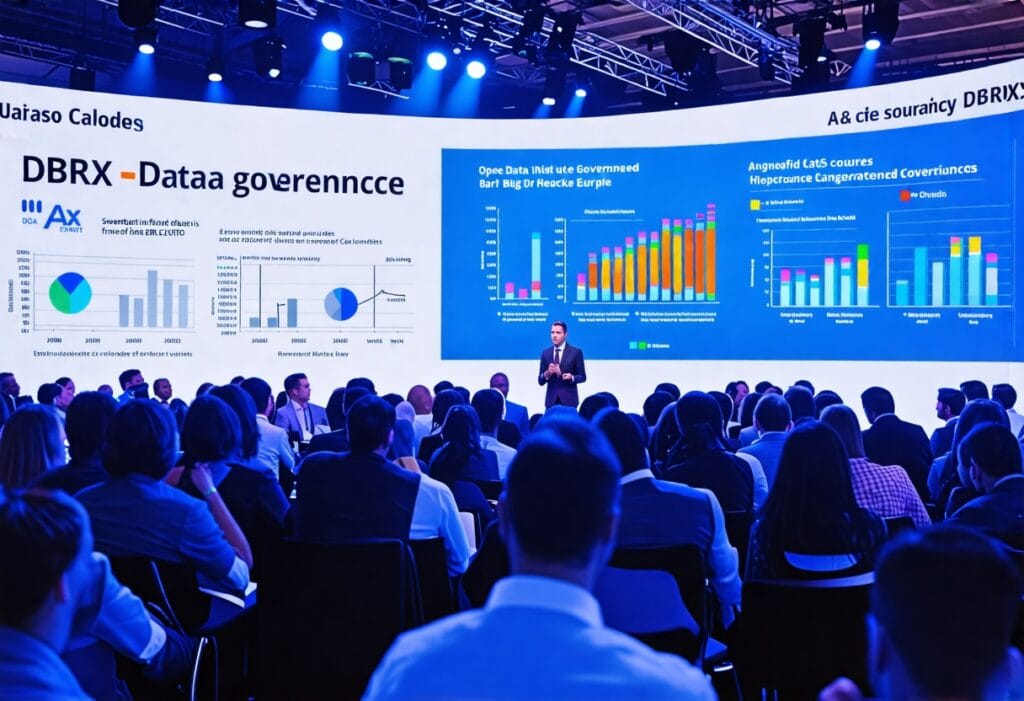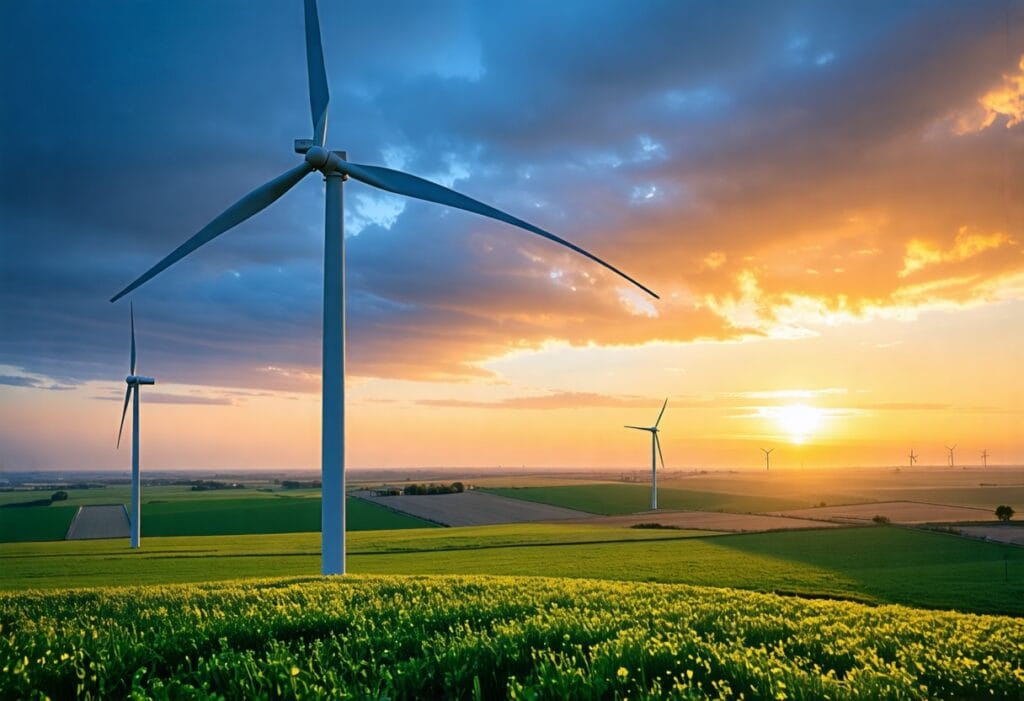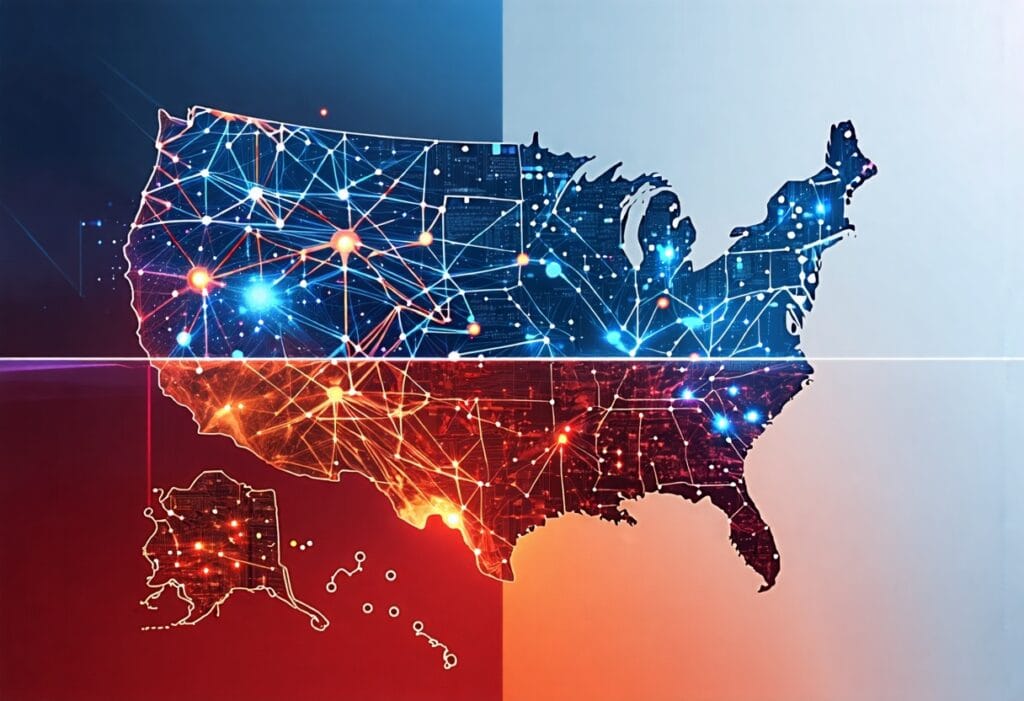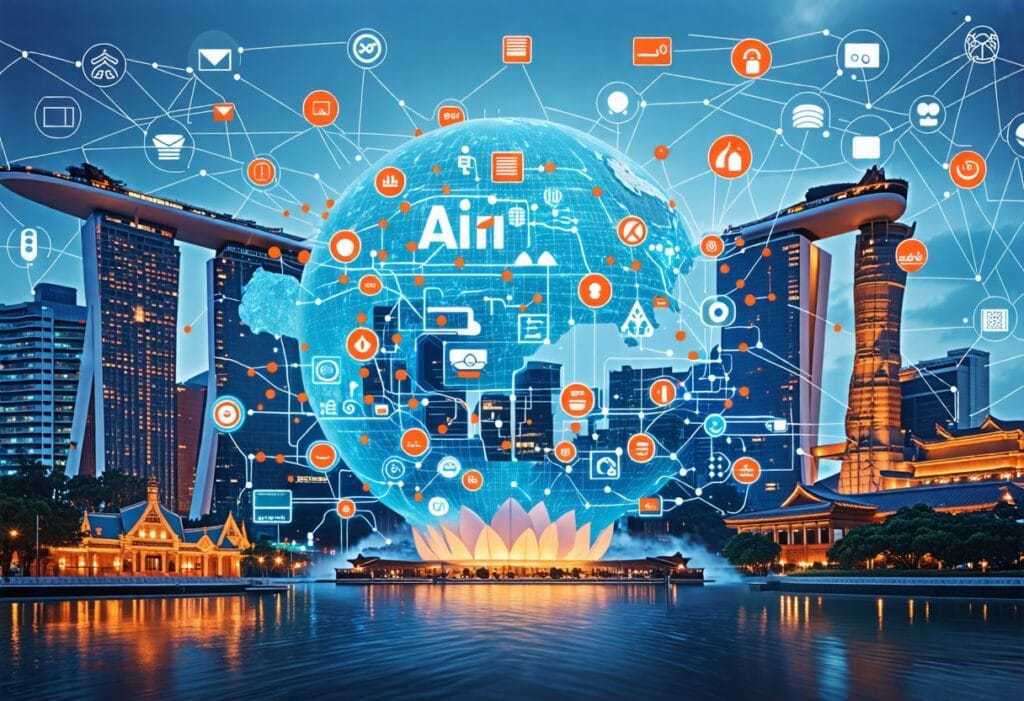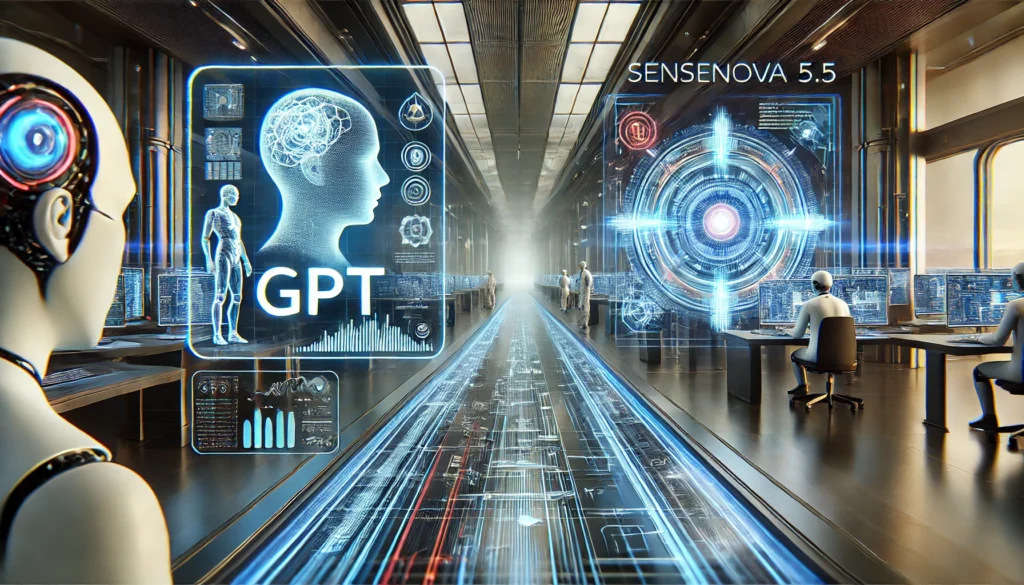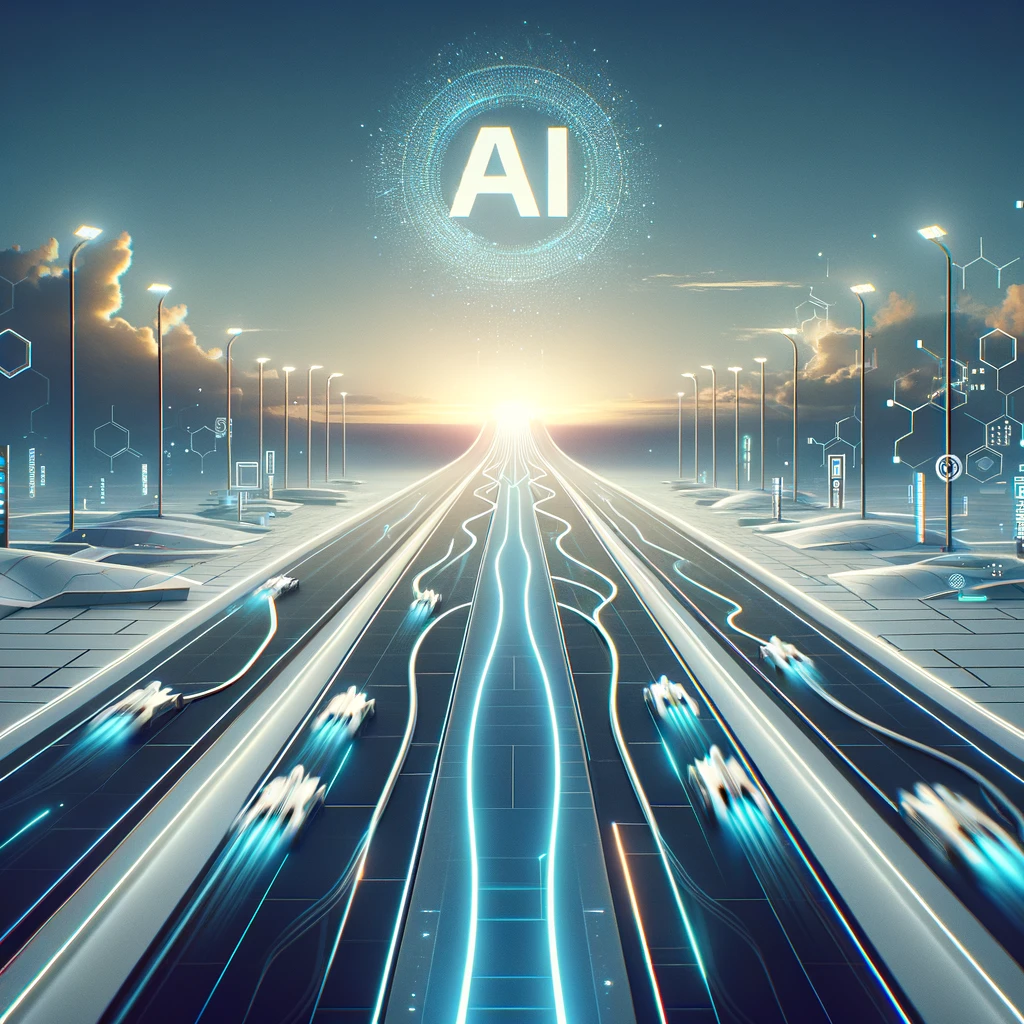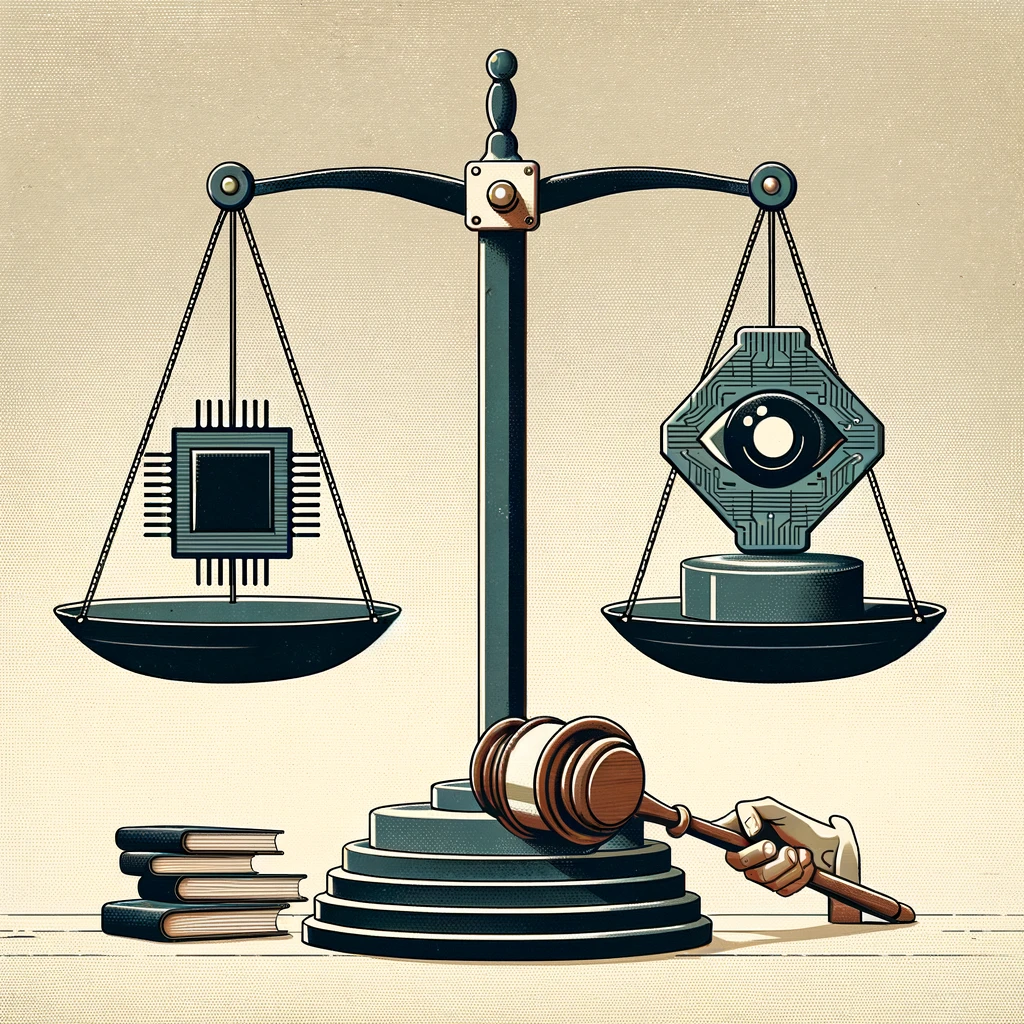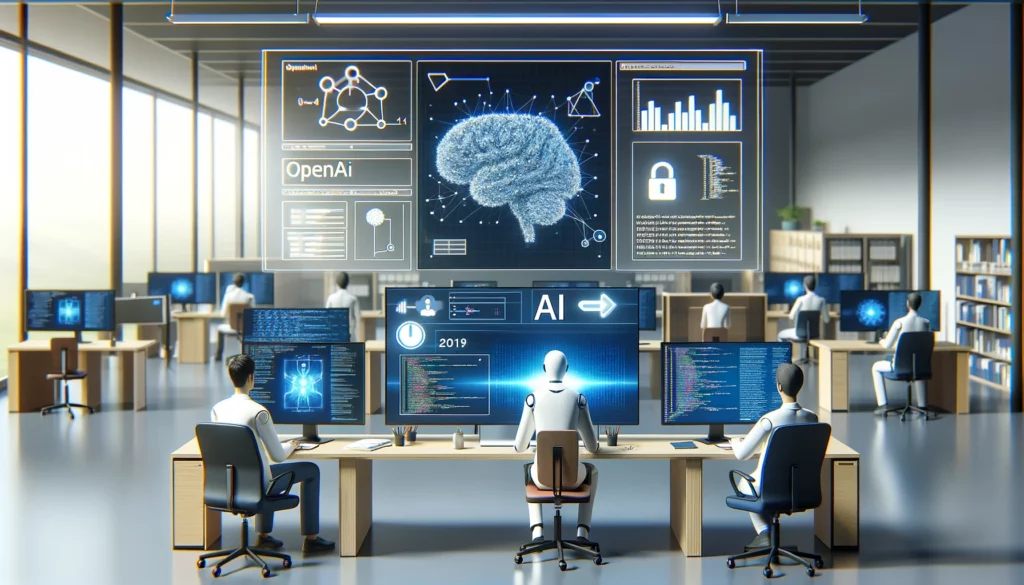AI’s Power Problem Tests Grids and Policy

A rapid rise with real-world costs
Artificial intelligence is growing fast. The models are bigger. The chips are more powerful. The data centers are multiplying. That expansion uses a lot of electricity and water. It also raises questions for regulators, utilities, and the public.
In 2024, the International Energy Agency (IEA) warned that demand is climbing sharply. As the agency put it, “Electricity consumption by data centres, AI and cryptocurrencies could double by 2026.” The estimate covers all data centers, not only those serving AI. But AI is now a major driver.
Analysts point to two overlapping trends. Training large models requires vast compute. Serving those models to millions of users then keeps servers busy around the clock. The scale is unprecedented. New facilities are now planned in regions with the strongest grids and the cheapest power. Local residents and officials are asking whether those grids can keep up.
The footprint: energy, water, and carbon
Data centers draw power for servers, networking, and cooling. Modern AI clusters add high-performance accelerators and liquid cooling. Even small efficiency gains matter at fleet scale. Yet total demand continues to rise.
Corporate sustainability reports illustrate the pressure. In 2024, Google reported that its greenhouse gas emissions rose by a large margin compared with 2019, driven in part by data center growth and supply chains. Microsoft also reported higher emissions compared with 2020, citing rapid infrastructure expansion to support AI and cloud. Both companies reaffirmed goals to reach net-zero emissions over time, but they signaled near-term challenges.
Water is another concern. Cooling systems consume water directly or indirectly through power generation. Utilities in arid regions face difficult trade-offs. Some cities have opened public consultations before approving new facilities. Others are asking operators to use reclaimed water or to shift to air or liquid-cooling configurations that reduce daytime draw.
Industry response: efficiency first
Companies say they are pushing hard on efficiency. They argue that AI can deliver major productivity gains and help optimize energy systems themselves. They also point to improvements in chips, power distribution, and system design. Engineers emphasize that performance per watt is improving with each generation.
- Hardware efficiency: New accelerators focus on higher performance per watt. Vendors promote sparsity, lower-precision math, and better interconnects to cut energy per unit of work.
- System design: More sites use liquid cooling, which can reduce fan loads. Facilities tune temperatures and airflows. Operators invest in advanced power management.
- Software gains: Researchers compress models, prune parameters, and use distillation. Serving stacks batch requests to keep chips busy. Schedulers move jobs to off-peak hours.
- Clean power procurement: Operators sign long-term power purchase agreements for wind and solar. Some are exploring storage and on-site generation to match consumption with supply.
The net effect, however, depends on scale. Efficiency improvements can be overtaken by growth if new workloads arrive faster than savings. That is the picture many utilities now face.
Policy moves gather pace
Governments are responding with new rules and guidance. In the European Union, the recast Energy Efficiency Directive requires large data centers to report detailed energy performance data. The aim is to increase transparency and support benchmarking. Several European cities and regions have also reviewed planning rules, seeking to balance economic benefits with local impacts.
In Ireland, the grid operator placed constraints on new connections in the Dublin area in recent years to protect reliability. Amsterdam temporarily paused approvals in 2019 before setting stricter siting and sustainability conditions. These measures are narrow in scope, but they show how local policy can shape the map of data center expansion.
AI-specific regulation is also advancing. In 2024, the European Parliament adopted the AI Act, with final approval later that year. The law enters into force with a phased timeline. It introduces risk-based obligations, documentation duties, and rules for general-purpose AI. Lawmakers argued the text is designed to protect rights while fostering innovation. A Parliament statement described it as “the world’s first comprehensive AI law.” While the Act focuses on safety and accountability rather than energy, it may prompt broader reporting practices that touch on infrastructure planning.
International bodies are promoting principles for responsible AI. The Organisation for Economic Co-operation and Development (OECD) states that “AI systems should be transparent and explainable.” Some experts say that concept should extend to environmental disclosure. They call for clear metrics on compute, electricity, and water for both training and deployment. The goal is to let buyers, regulators, and the public compare impacts across systems and providers.
What utilities and communities are watching
Grid planners must forecast demand and build ahead. They weigh data center requests against other needs, like housing or electrified transport. The lead times for transmission projects are long. Permitting is complex. Communities often support new jobs and tax revenue, but they seek guardrails.
- Reliability: Large loads can stress local networks. Utilities might require operators to stagger ramp-up or add on-site backup.
- Siting: Some regions encourage projects near existing substations or renewable hubs. Others limit build-out in water-scarce zones.
- Transparency: Reporting on energy and water use is becoming a standard demand in public hearings.
- Grid services: Data centers can offer demand response, shedding noncritical loads during peaks. Early pilots show potential for this to support reliability.
The business outlook
For developers and customers, the infrastructure question ties directly to cost and availability. Training costs may reflect local power prices and grid constraints. Inference costs depend on how efficiently models run at scale. Cloud providers could add location-based pricing or encourage off-peak usage. Some enterprises may choose smaller, task-specific models that deliver acceptable accuracy at lower cost.
Venture capital firms are watching the balance between compute demand and supply. New startups promise better chips, more efficient frameworks, or specialized models that avoid brute-force scaling. Incumbents invest across the stack, from custom silicon to clean energy deals. The path that wins may vary by sector. Healthcare imaging, for example, has different tolerance for latency and outages than entertainment or advertising.
What to watch next
The next two years will show whether efficiency gains can keep up with demand. Regulators will test disclosure rules. Utilities will decide how quickly to expand. Companies will face choices about model size, location, and energy sourcing. Three signals stand out:
- Clear metrics: Standard ways to report energy and water for training and inference would make comparisons fairer.
- Capacity additions: Transmission build-outs and renewable projects will determine where the biggest clusters land.
- Model design: If smaller or more efficient models win adoption, infrastructure pressure could ease.
The stakes are high. AI offers clear benefits. It can speed up research, improve logistics, and assist doctors. But the systems that power it must be sustainable. Policymakers, utilities, and companies will need to work together. The decisions they make now will shape how far and how fast AI can scale.










